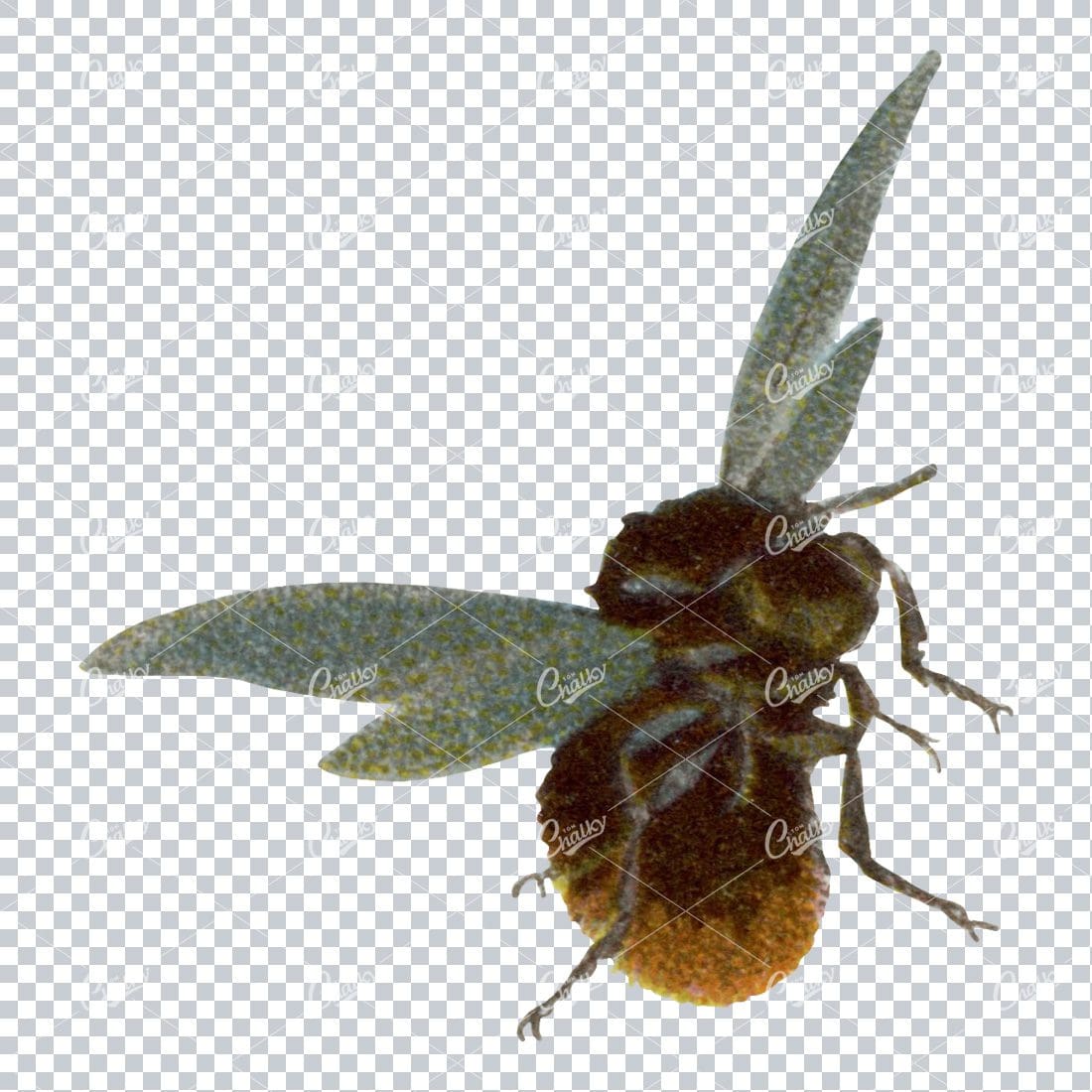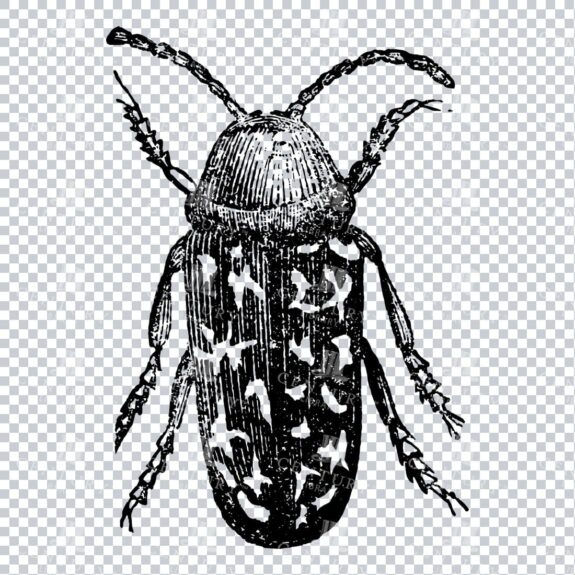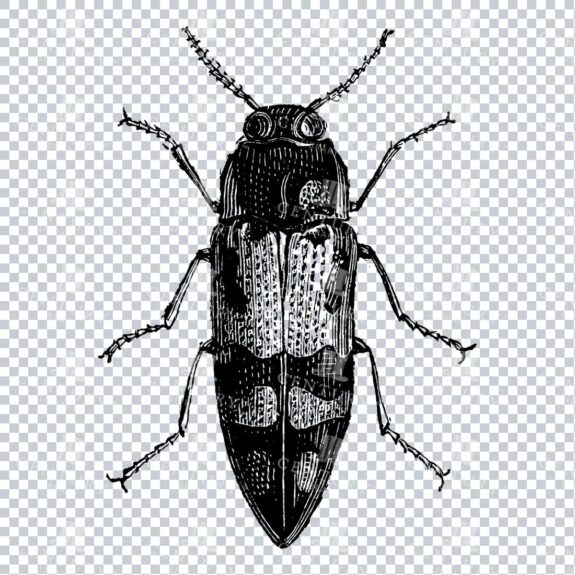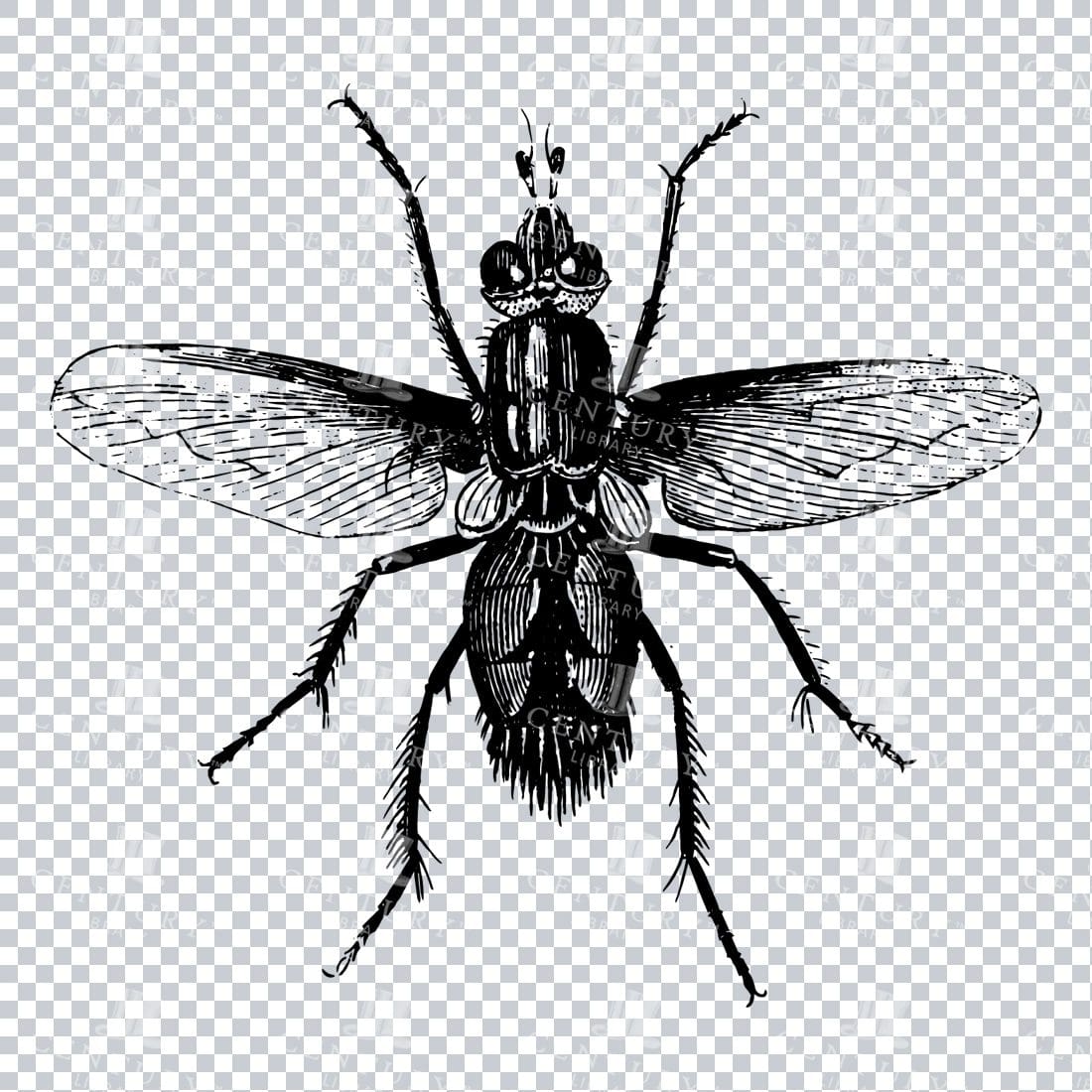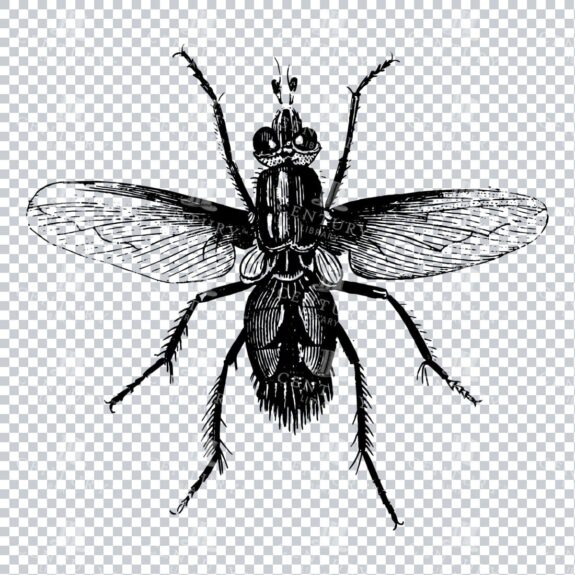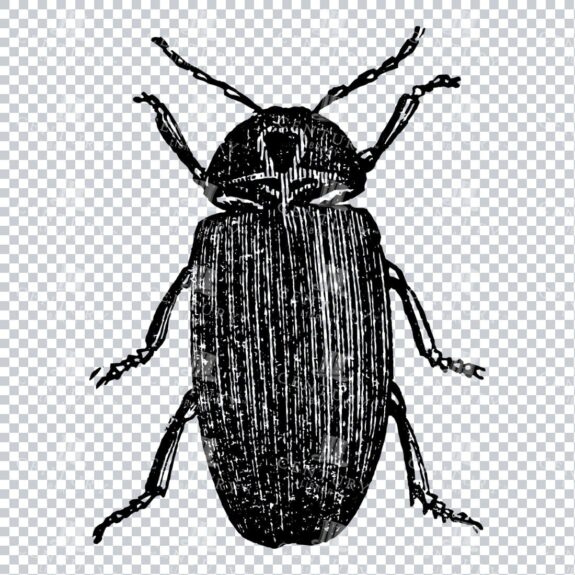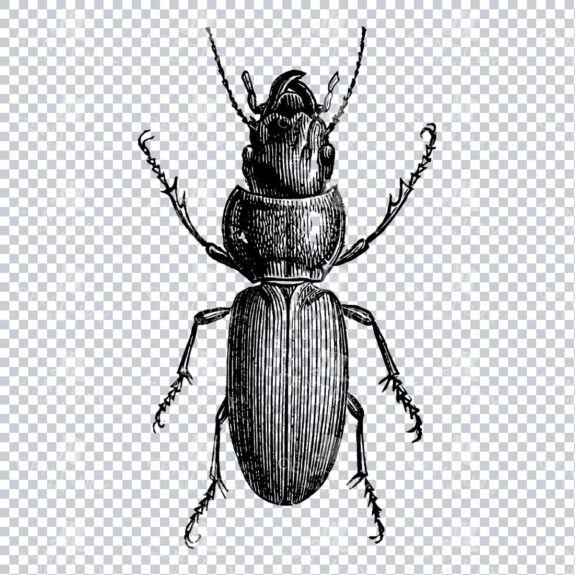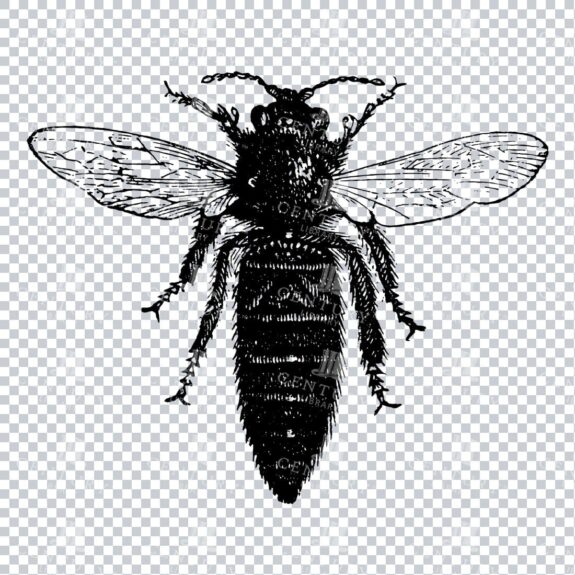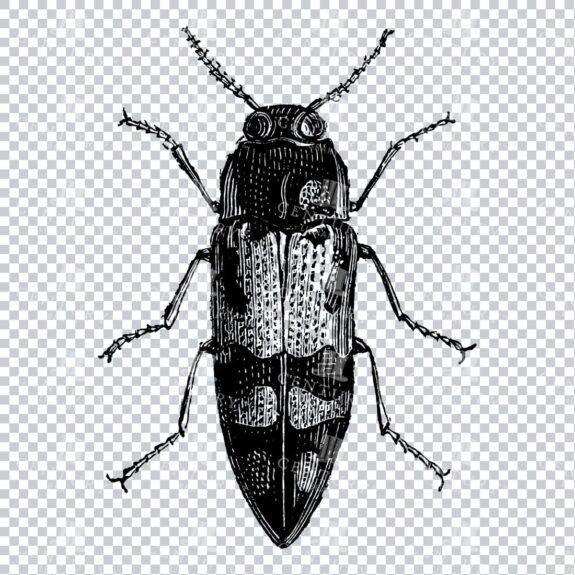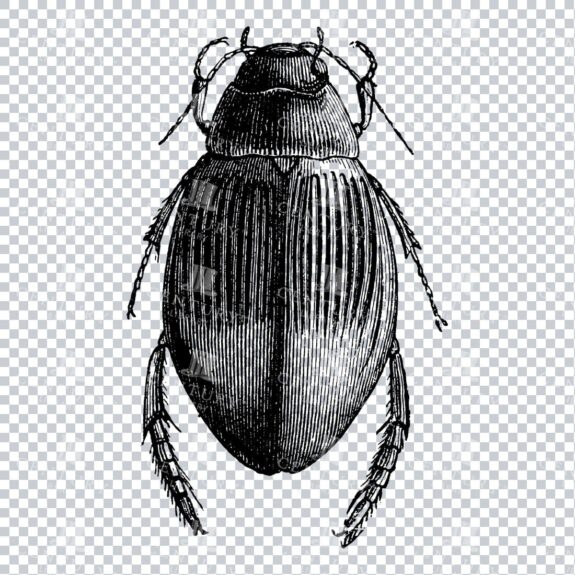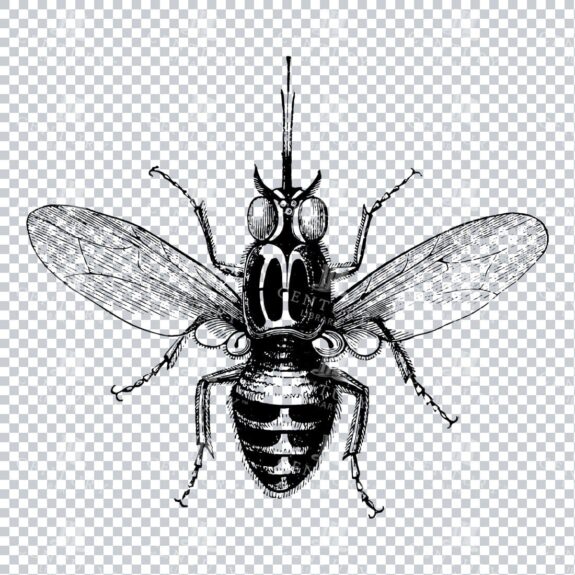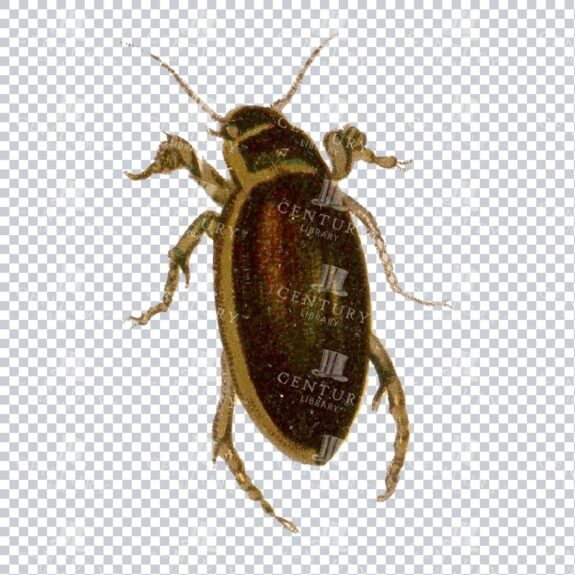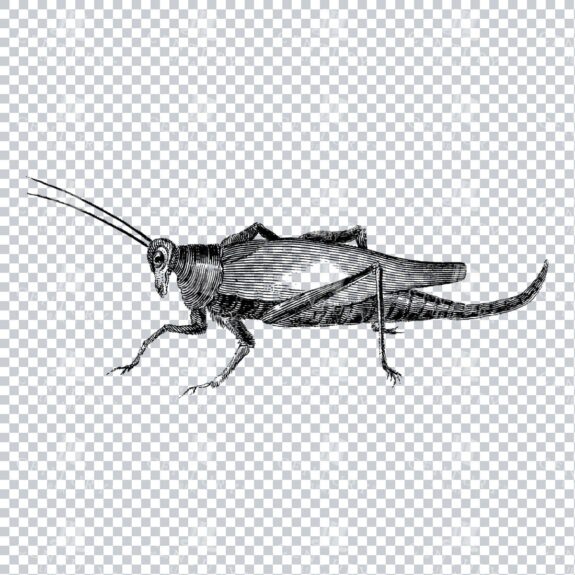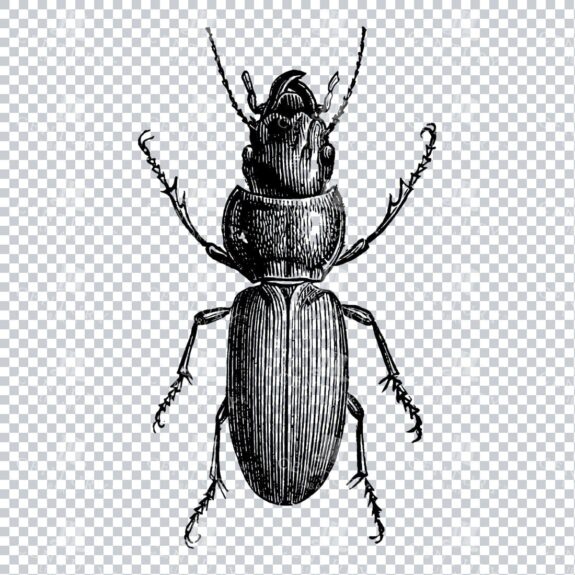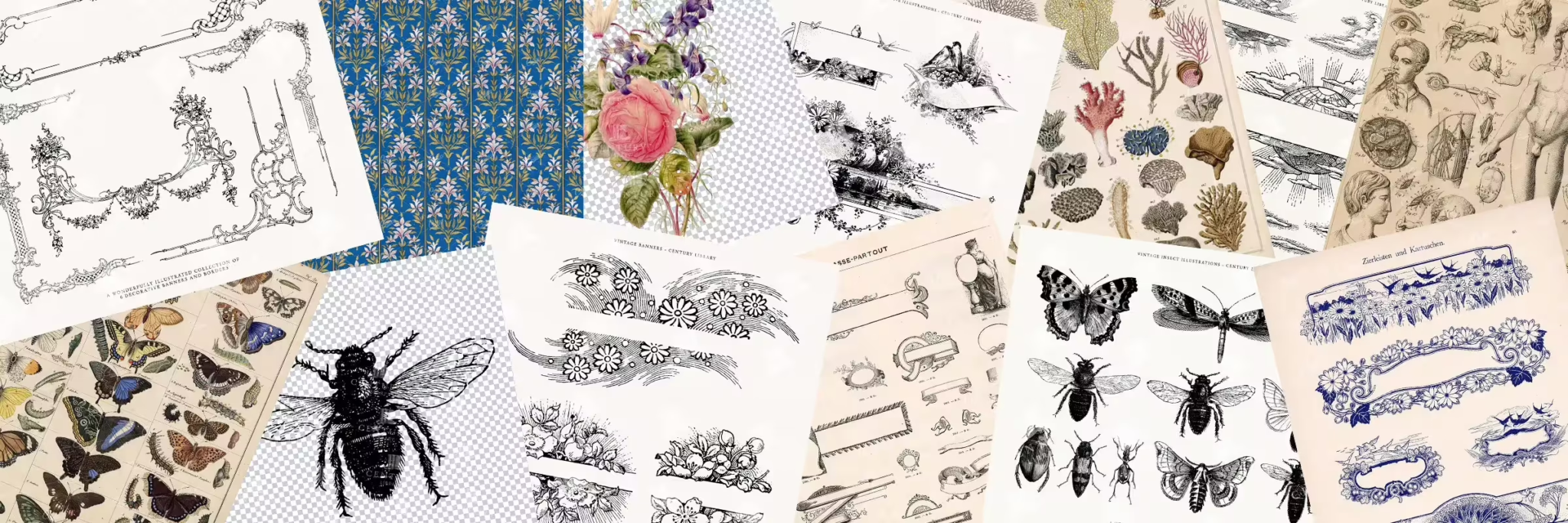
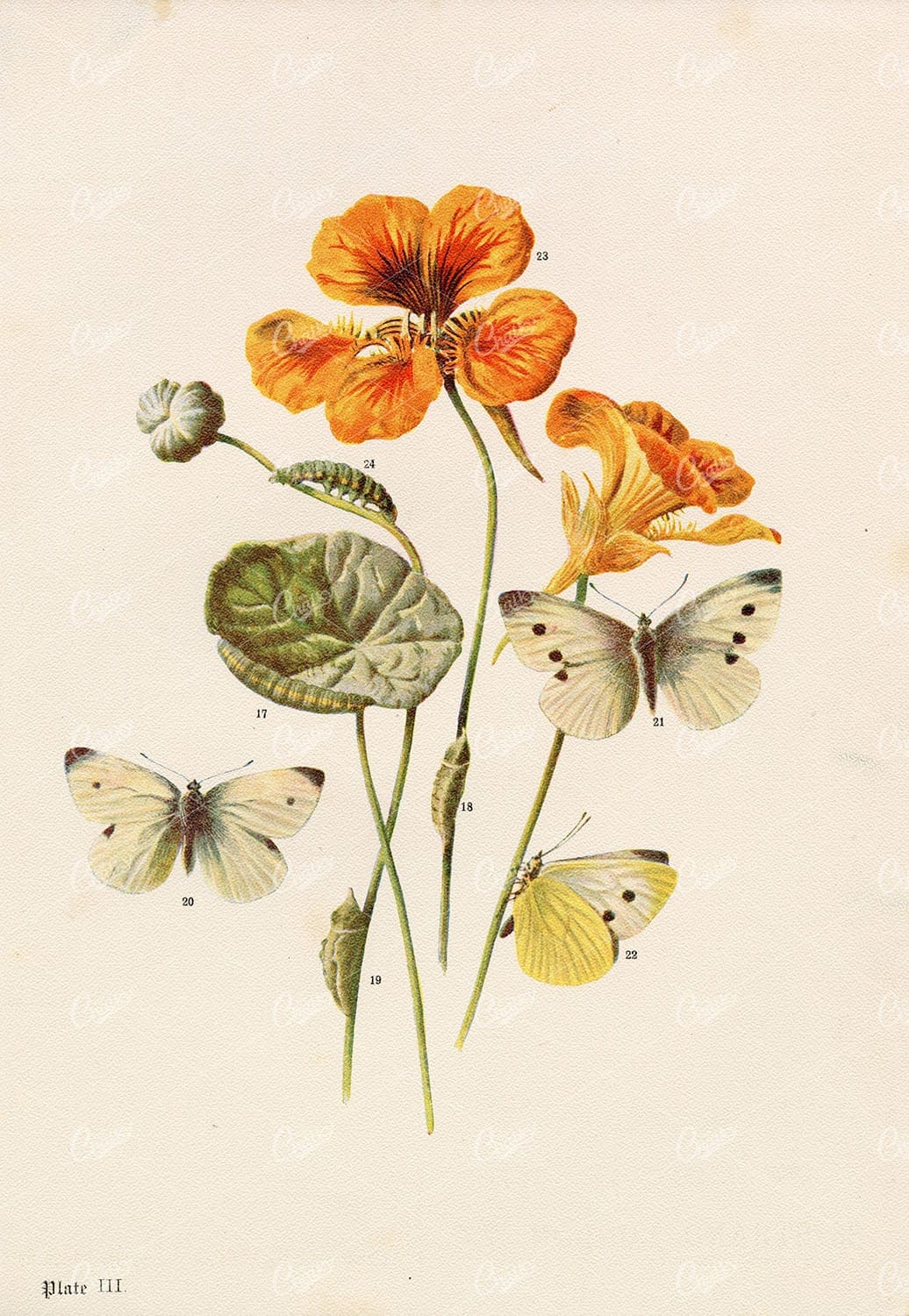

ANTIQUE Colour Print of British Countryside Butterflies – Hulme 1903
You're looking at a beautiful illustration from the 'Butterflies & Moths of the Countryside' series by F. Edward Hulme. These antique pieces of art, created in 1903, have lasted the test of time, and the colours are stunning.
- License Info
- Resolution: 5835 x 8449 300dpi
- Year of Print: 1903
- Artist: Edward Hulme
From this collection


1903 Various British Countryside Moth Species – F. Edward Hulme 1903
You're looking at a beautiful illustration from the 'Butterflies & Moths of the Countryside' series by F. Edward Hulme. These antique pieces of art, created in 1903, have lasted the test of time, and the colours are stunning.
- License Info
- Resolution: 6073 x 8480 300dpi
- Year of Print: 1903
- Artist: Edward Hulme
From this collection
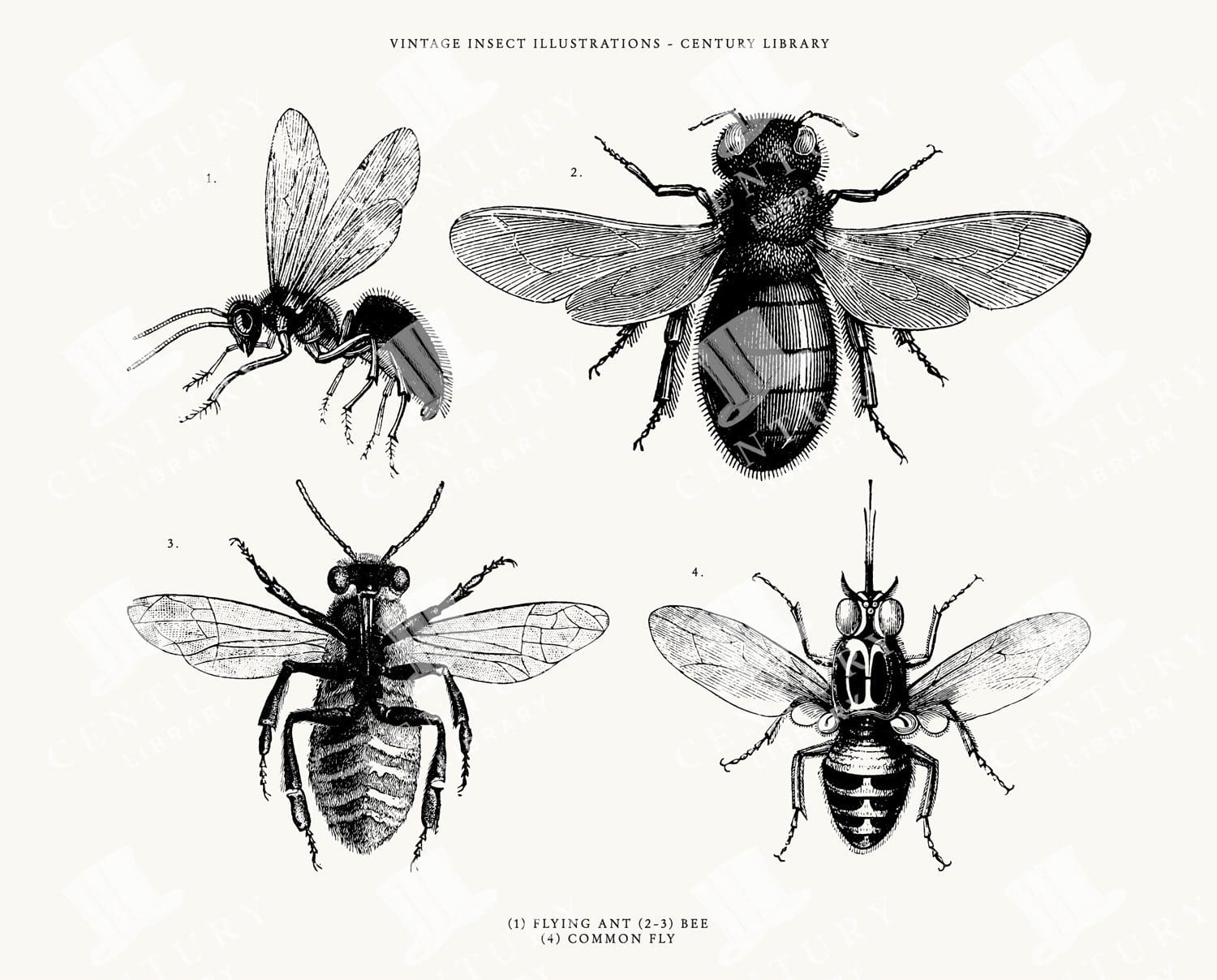

Set of Vintage Insect Line Art Illustrations in SVG, EPS, and PNG Formats
You're looking at a vintage collection of insect line art illustrations, specifically, two Bees, a Flying Ant, and a Common House Fly. Each image was extracted from its original background and converted to the following image formats: SVG (vector), EPS (vector), and, of course, PNG (300dpi raster image with transparent background) for the modern creator.
- Image Type(s): EPS, SVG, PNG
Related Images
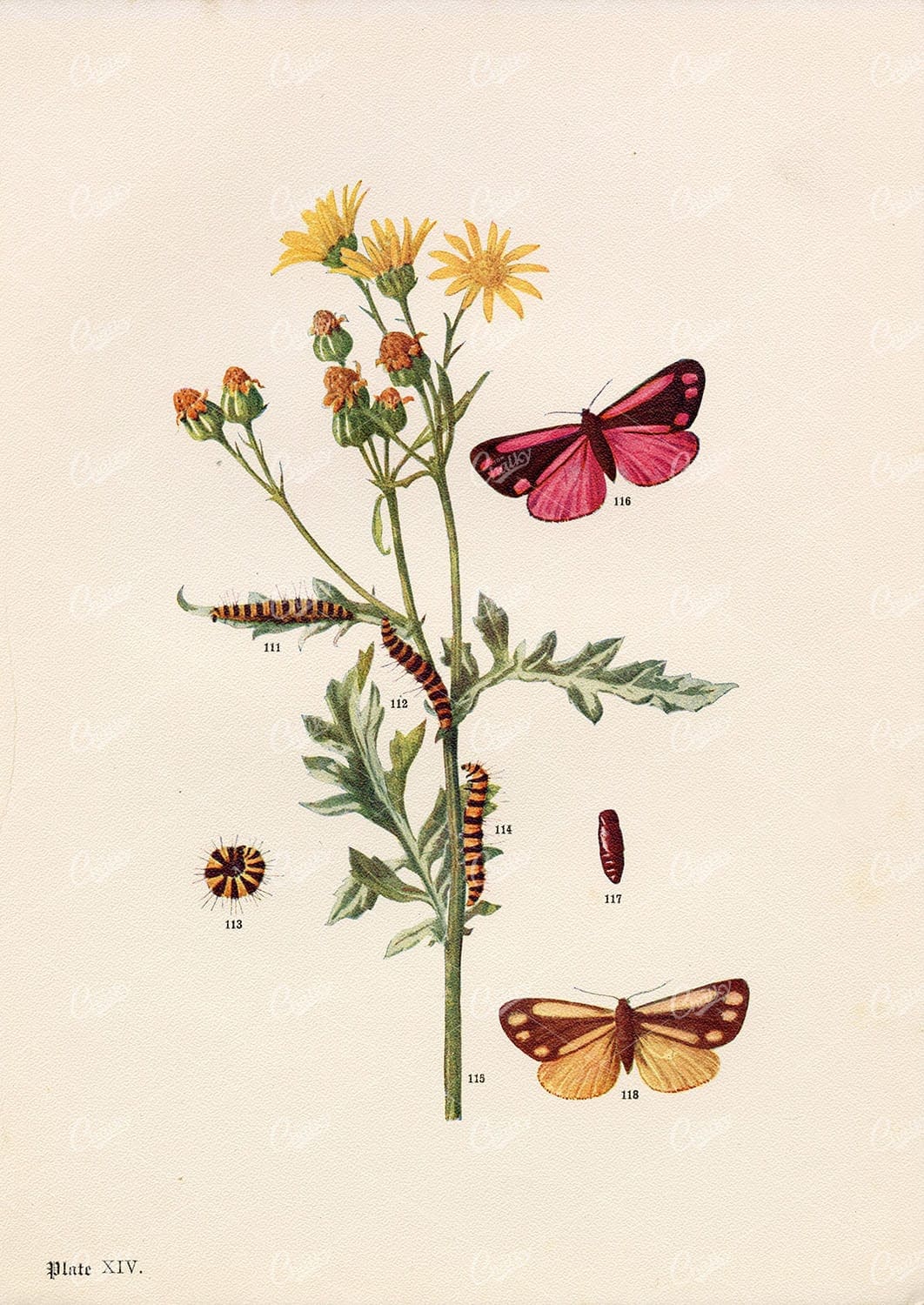

CINNABAR Moth Species Antique Print – Edward Hulme 1903 Lithograph
You're looking at a beautiful illustration from the 'Butterflies & Moths of the Countryside' series by F. Edward Hulme. These antique pieces of art, created in 1903, have lasted the test of time, and the colours are stunning.
- License Info
- Resolution: 6003 x 8476 300dpi
- Year of Print: 1903
- Artist: Edward Hulme
From this collection
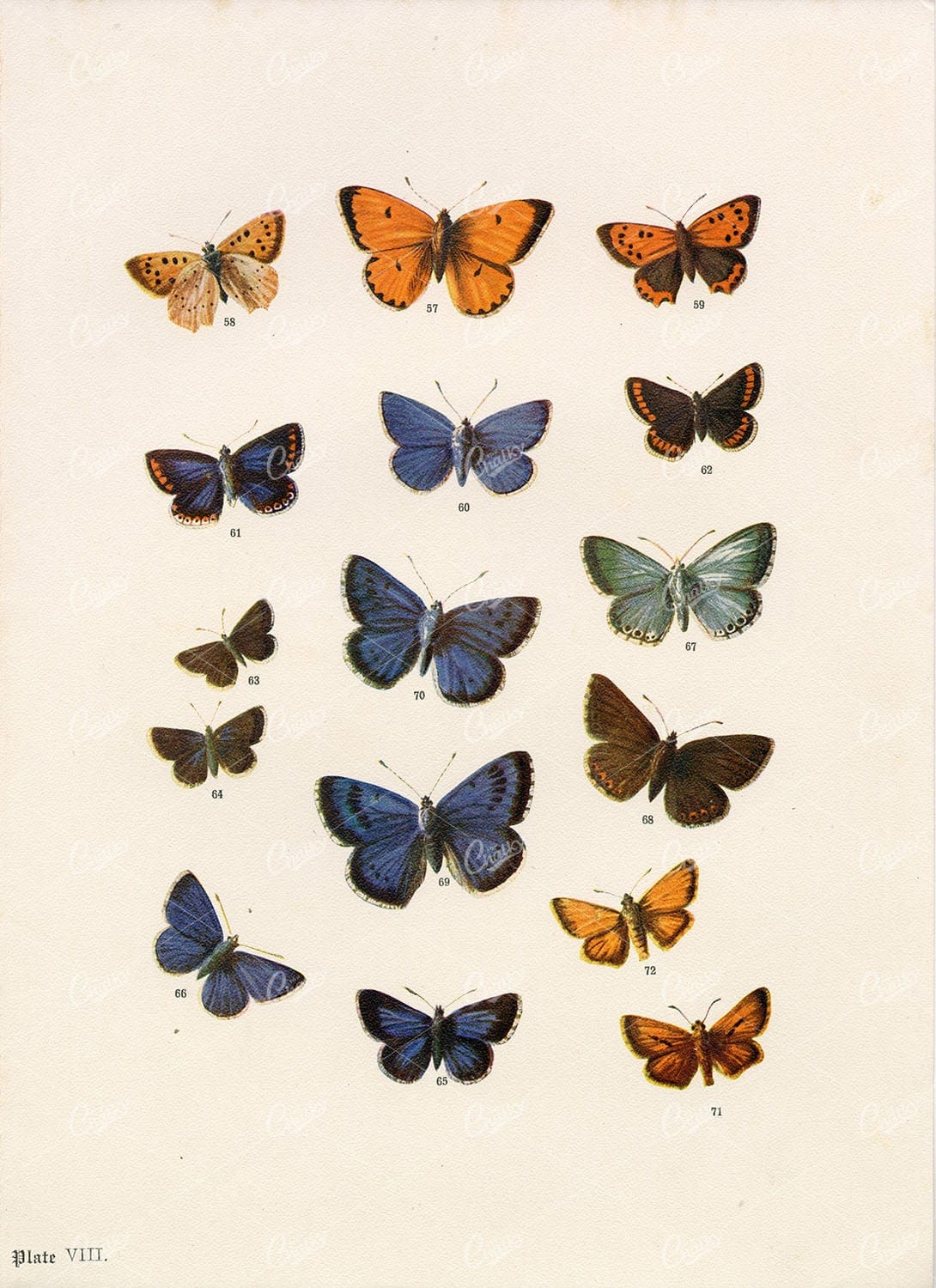

ANTIQUE Lithograph Print of British Countryside Butterflies – Edward Hulme
You're looking at a beautiful illustration from the 'Butterflies & Moths of the Countryside' series by F. Edward Hulme. These antique pieces of art, created in 1903, have lasted the test of time, and the colours are stunning.
- License Info
- Resolution: 6162 x 8476 300dpi
- Year of Print: 1903
- Artist: Edward Hulme
From this collection
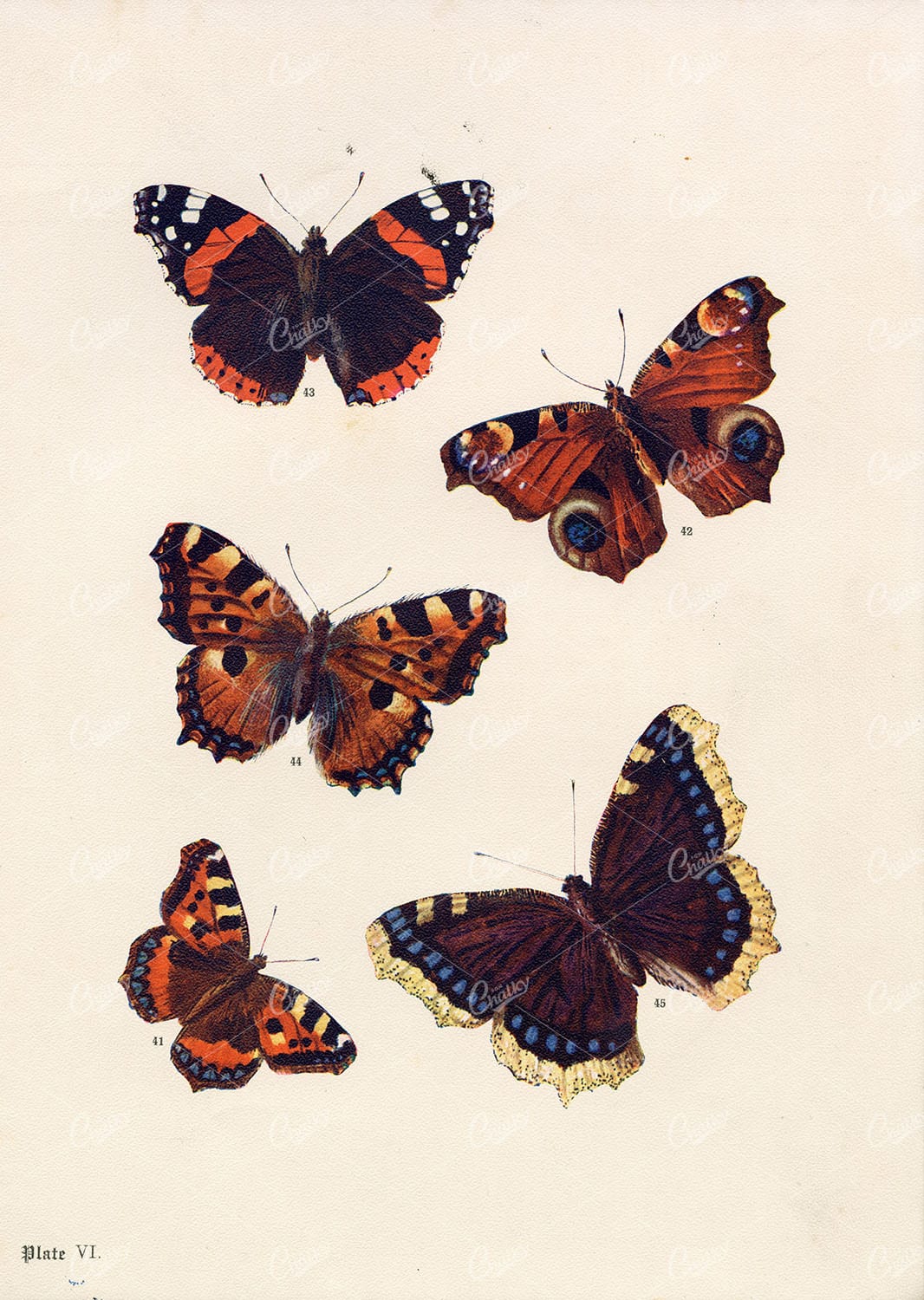

ANTIQUE Colour Print of British Countryside Butterflies – Hulme 1903
You're looking at a beautiful illustration from the 'Butterflies & Moths of the Countryside' series by F. Edward Hulme. These antique pieces of art, created in 1903, have lasted the test of time, and the colours are stunning.
- License Info
- Resolution: 6006 x 8448 300dpi
- Year of Print: 1903
- Artist: Edward Hulme
From this collection
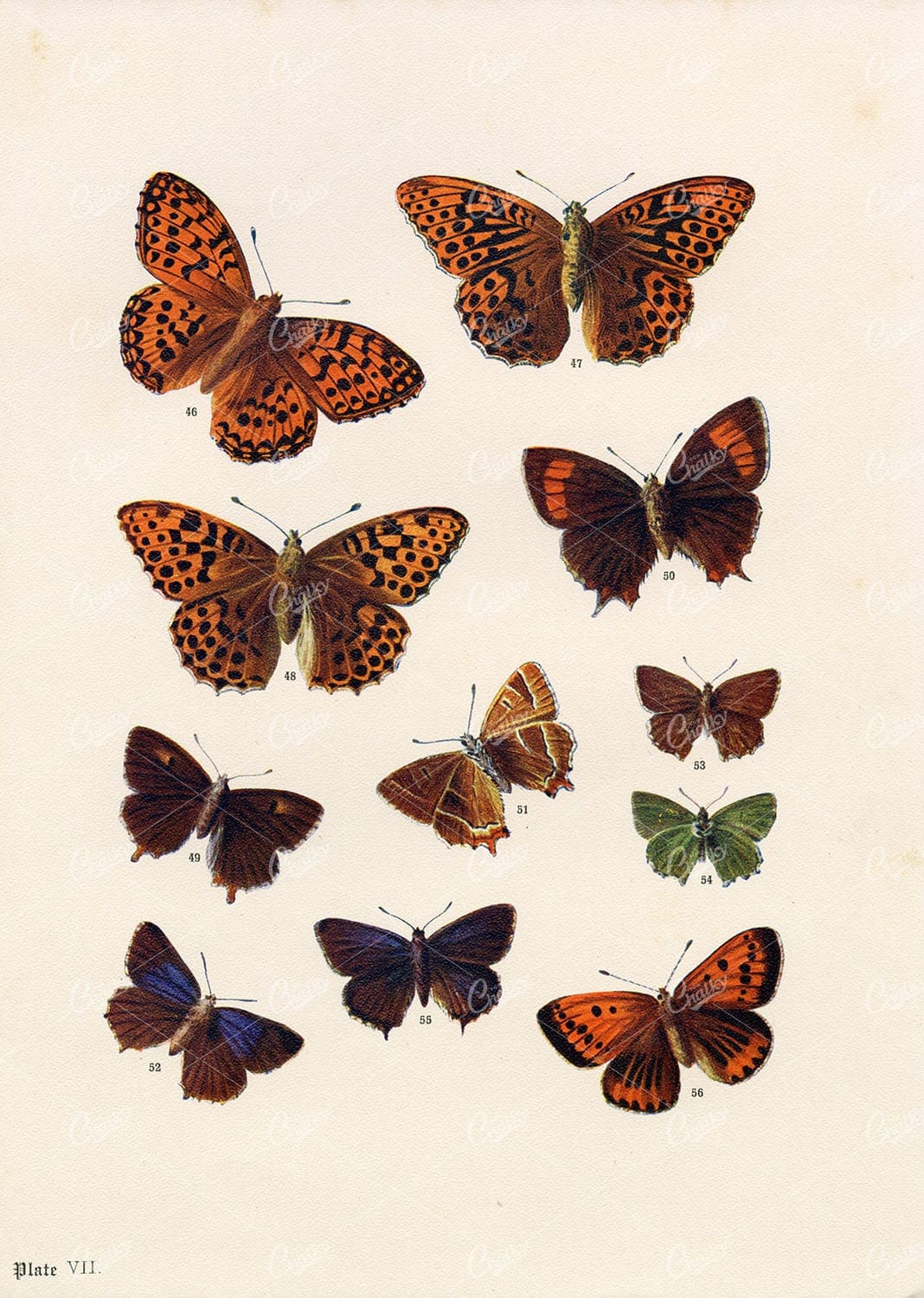

ANTIQUE Lithograph Print of British Countryside Butterflies – Edward Hulme
You're looking at a beautiful illustration from the 'Butterflies & Moths of the Countryside' series by F. Edward Hulme. These antique pieces of art, created in 1903, have lasted the test of time, and the colours are stunning.
- License Info
- Resolution: 6013 x 8448 300dpi
- Year of Print: 1903
- Artist: Edward Hulme
From this collection


ANTIQUE Colour Print of British Countryside Moths – F. Edward Hulme 1903
You're looking at a beautiful illustration from the 'Butterflies & Moths of the Countryside' series by F. Edward Hulme. These antique pieces of art, created in 1903, have lasted the test of time, and the colours are stunning.
- License Info
- Resolution: 5985 x 8462 300dpi
- Year of Print: 1903
- Artist: Edward Hulme
From this collection
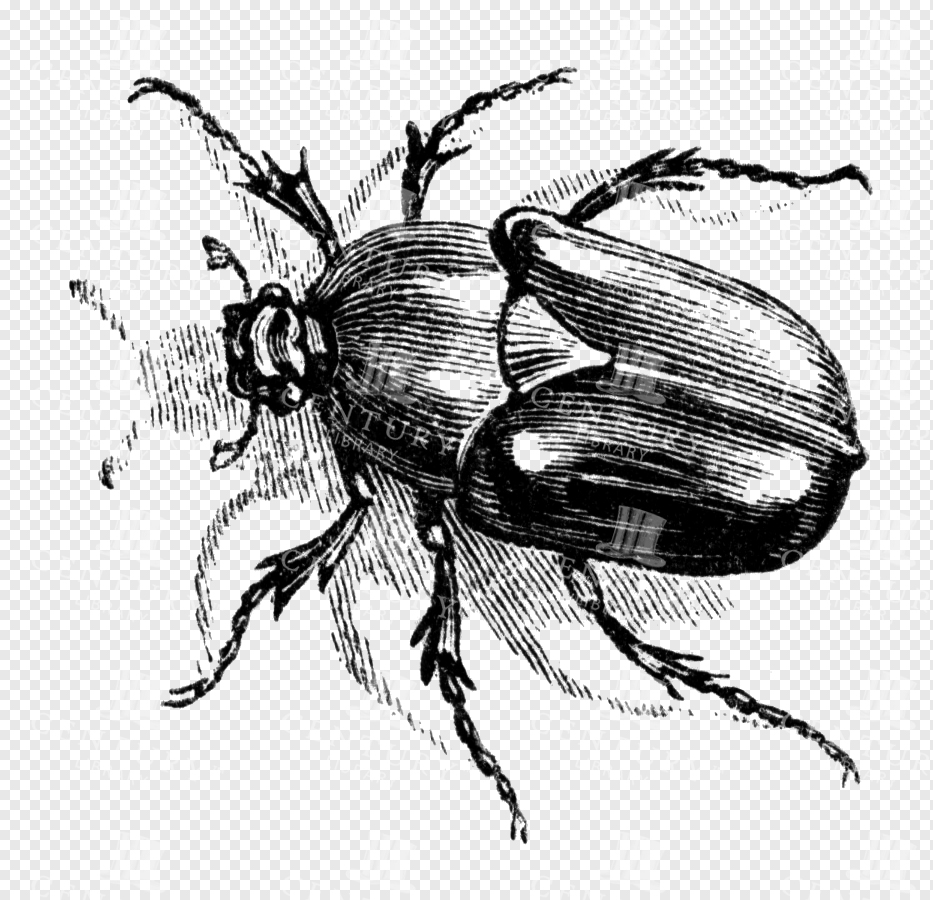

Detailed Engraved Illustration of a Stag Beetle with Textured Exoskeleton and Antennae
This image is part of a beautiful collection of highly detailed, engraved illustrations from the early 1800s - Originally discovered within a small book full of stories inspired by the English countryside. While I’m sure the stories are lovely, I couldn’t get over how incredible these illustrations were!
- Image Type(s): PNG
From this collection


ANTIQUE Colour Print of British Countryside Moths – F. Edward Hulme 1903
You're looking at a beautiful illustration from the 'Butterflies & Moths of the Countryside' series by F. Edward Hulme. These antique pieces of art, created in 1903, have lasted the test of time, and the colours are stunning.
- License Info
- Resolution: 6035 x 8459 300dpi
- Year of Print: 1903
- Artist: Edward Hulme
From this collection
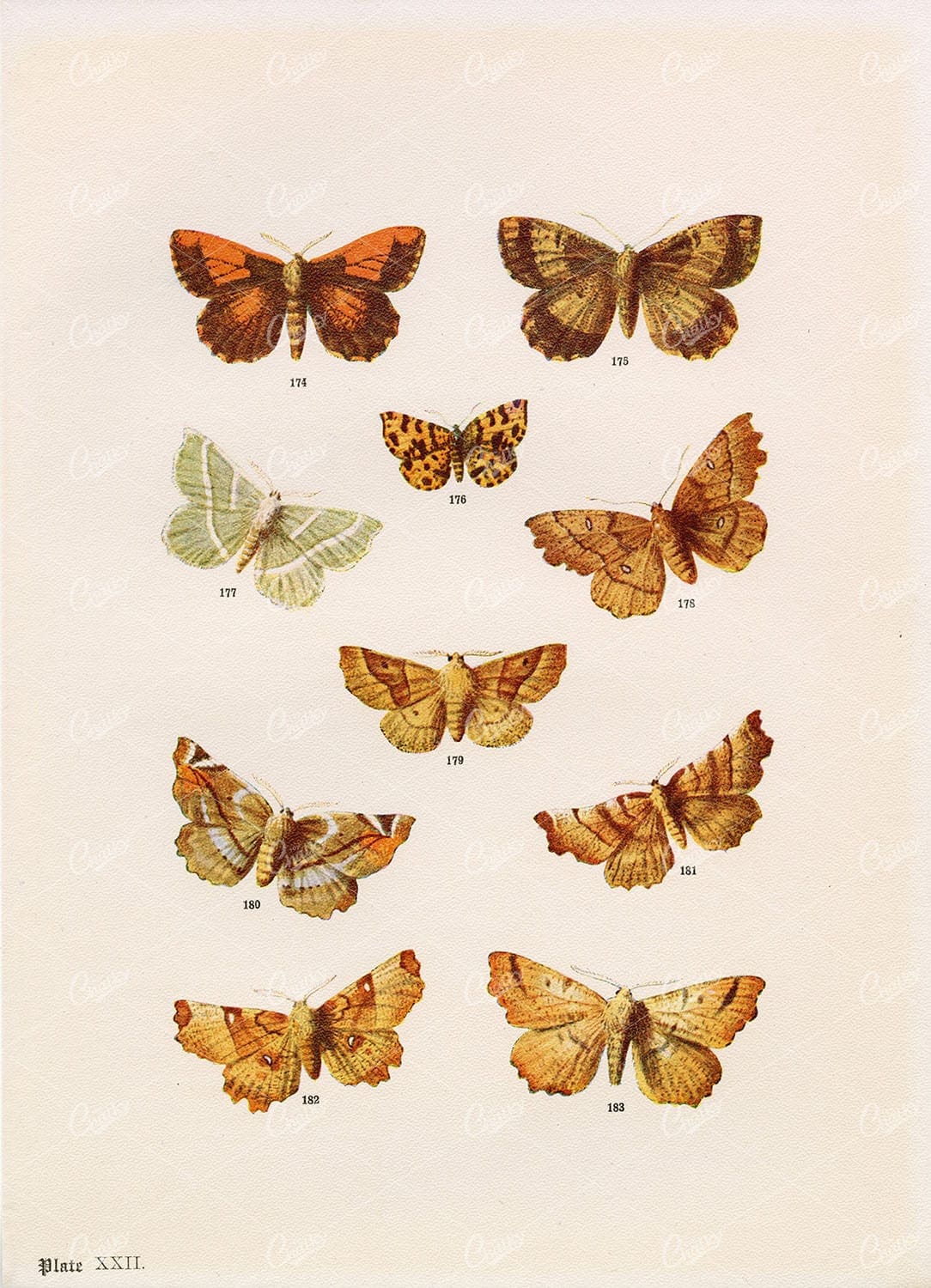

ANTIQUE Lithograph Print of British Countryside Moths – Edward Hulme 1903
You're looking at a beautiful illustration from the 'Butterflies & Moths of the Countryside' series by F. Edward Hulme. These antique pieces of art, created in 1903, have lasted the test of time, and the colours are stunning.
- License Info
- Resolution: 6114 x 8459 300dpi
- Year of Print: 1903
- Artist: Edward Hulme
From this collection
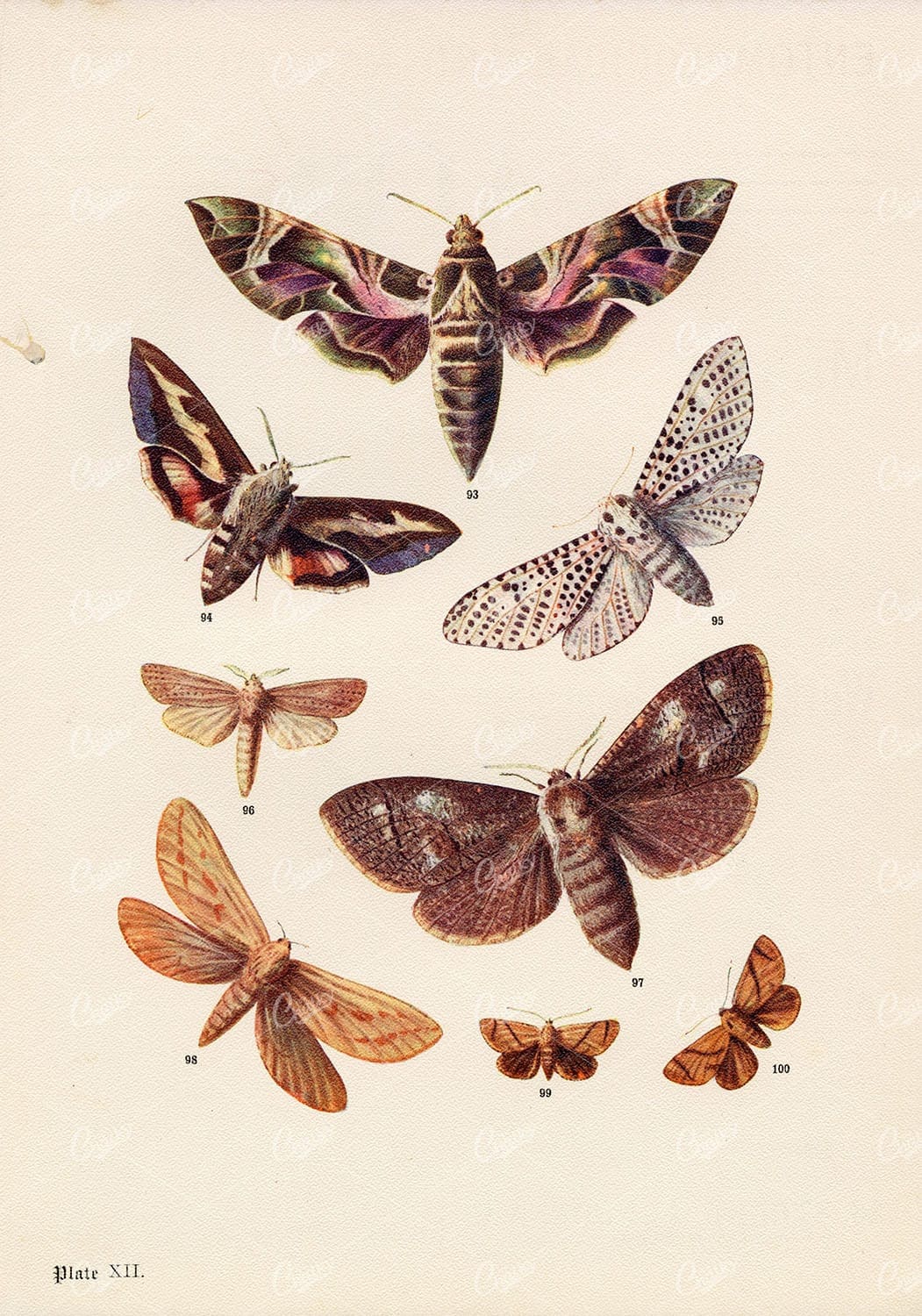

ANTIQUE Print of Various Moth Species – Edward Hulme Litho Print 1903
You're looking at a beautiful illustration from the 'Butterflies & Moths of the Countryside' series by F. Edward Hulme. These antique pieces of art, created in 1903, have lasted the test of time, and the colours are stunning.
- License Info
- Resolution: 5937 x 8476 300dpi
- Year of Print: 1903
- Artist: Edward Hulme
From this collection
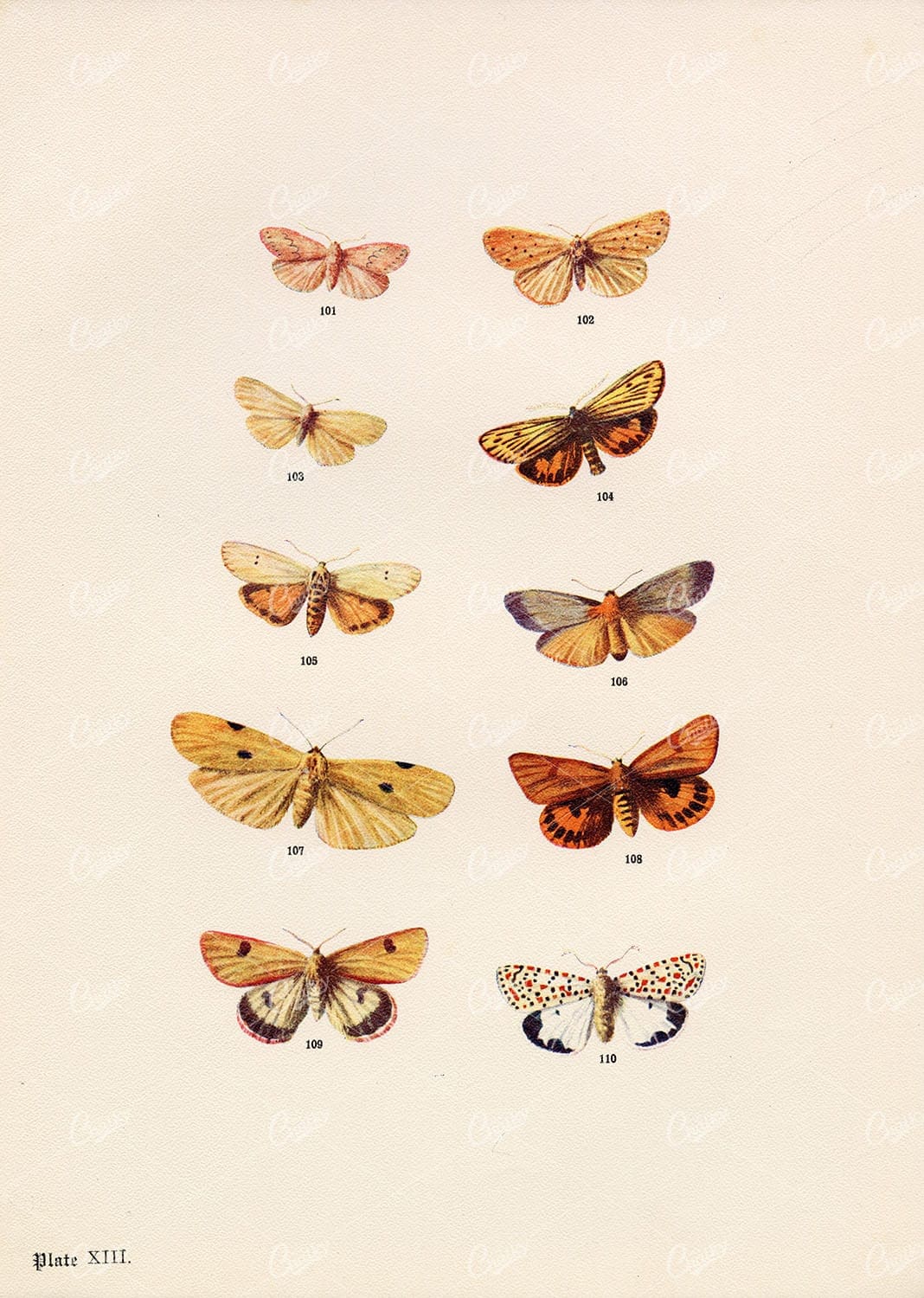

ANTIQUE Print of Various Moth Species – Edward Hulme Litho Print 1903
You're looking at a beautiful illustration from the 'Butterflies & Moths of the Countryside' series by F. Edward Hulme. These antique pieces of art, created in 1903, have lasted the test of time, and the colours are stunning.
- License Info
- Resolution: 6025 x 8462 300dpi
- Year of Print: 1903
- Artist: Edward Hulme
From this collection
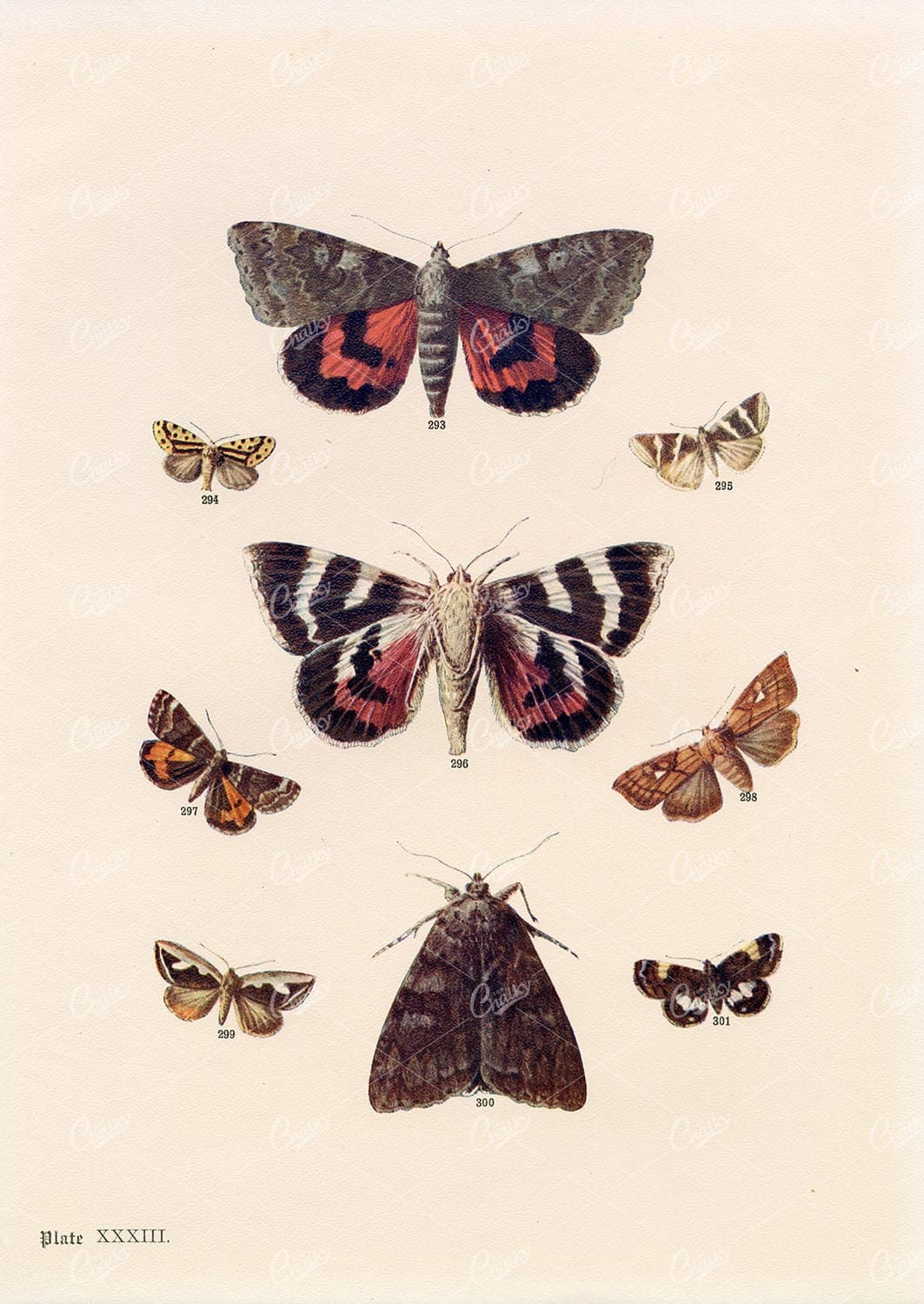

ANTIQUE Colour Print of British Countryside Moths – F. Edward Hulme 1903
You're looking at a beautiful illustration from the 'Butterflies & Moths of the Countryside' series by F. Edward Hulme. These antique pieces of art, created in 1903, have lasted the test of time, and the colours are stunning.
- License Info
- Resolution: 5984 x 8446 300dpi
- Year of Print: 1903
- Artist: Edward Hulme
From this collection
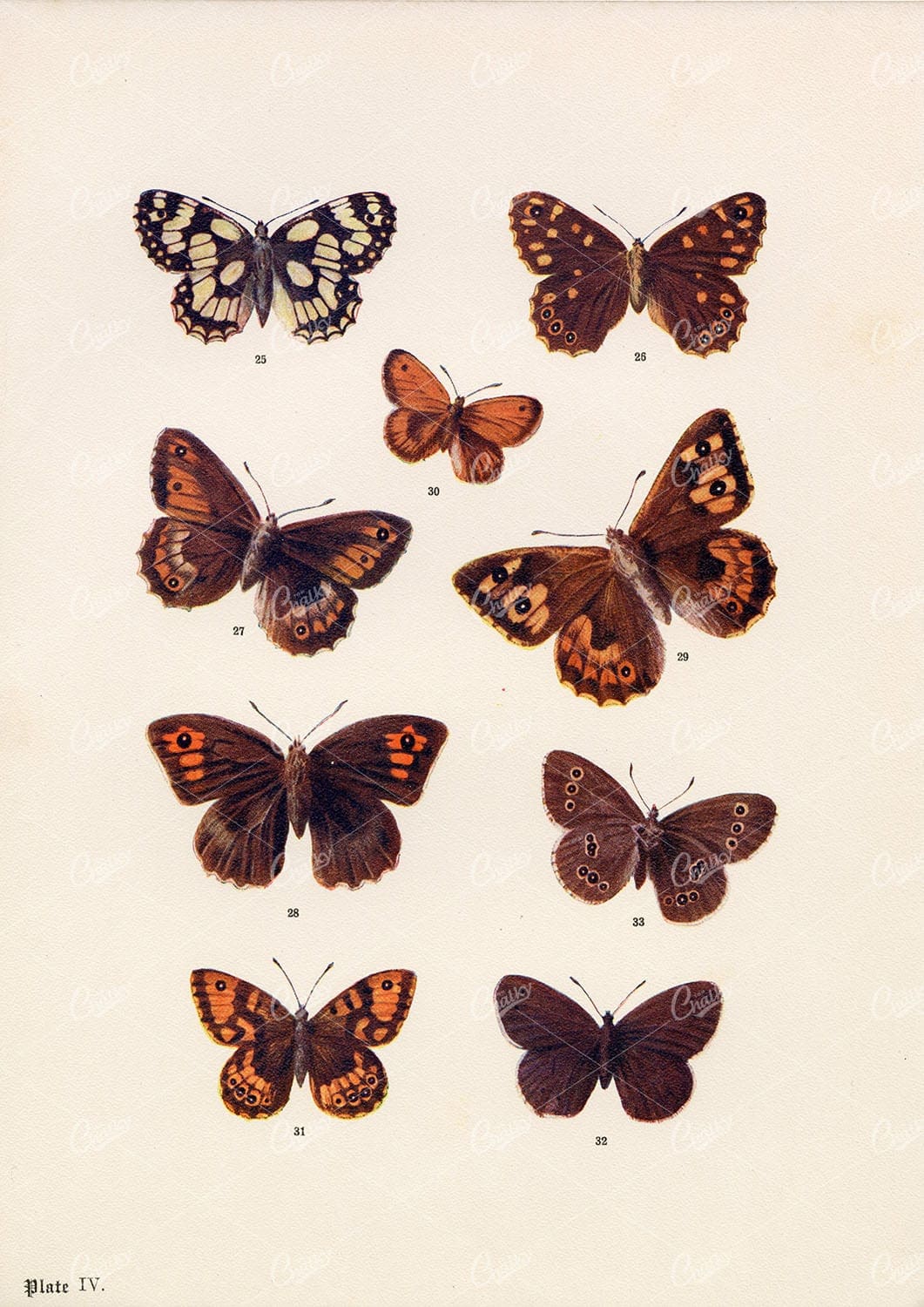

1903 VINTAGE INSECT PRINT – British Countryside Butterflies
You're looking at a beautiful illustration from the 'Butterflies & Moths of the Countryside' series by F. Edward Hulme. These antique pieces of art, created in 1903, have lasted the test of time, and the colours are stunning.
- License Info
- Resolution: 6003 x 8487 300dpi
- Year of Print: 1903
- Artist: Edward Hulme
From this collection


1903 VINTAGE INSECT PRINT – British Countryside Butterflies
You're looking at a beautiful illustration from the 'Butterflies & Moths of the Countryside' series by F. Edward Hulme. These antique pieces of art, created in 1903, have lasted the test of time, and the colours are stunning.
- License Info
- Resolution: 6044 x 8469 300dpi
- Year of Print: 1903
- Artist: Edward Hulme
From this collection


ANTIQUE Colour Print of British Countryside Moths – F. Edward Hulme 1903
You're looking at a beautiful illustration from the 'Butterflies & Moths of the Countryside' series by F. Edward Hulme. These antique pieces of art, created in 1903, have lasted the test of time, and the colours are stunning.
- License Info
- Resolution: 6145 x 8451 300dpi
- Year of Print: 1903
- Artist: Edward Hulme
From this collection


ANTIQUE Lithograph Print of British Countryside Moths – Edward Hulme 1903
You're looking at a beautiful illustration from the 'Butterflies & Moths of the Countryside' series by F. Edward Hulme. These antique pieces of art, created in 1903, have lasted the test of time, and the colours are stunning.
- License Info
- Resolution: 6134 x 8452 300dpi
- Year of Print: 1903
- Artist: Edward Hulme
From this collection


ANTIQUE Colour Print of British Countryside Moths – F. Edward Hulme 1903
You're looking at a beautiful illustration from the 'Butterflies & Moths of the Countryside' series by F. Edward Hulme. These antique pieces of art, created in 1903, have lasted the test of time, and the colours are stunning.
- License Info
- Resolution: 4862 x 6635 300dpi
- Year of Print: 1903
- Artist: Edward Hulme
From this collection


ANTIQUE Lithograph Print of British Countryside Moths – Edward Hulme 1903
You're looking at a beautiful illustration from the 'Butterflies & Moths of the Countryside' series by F. Edward Hulme. These antique pieces of art, created in 1903, have lasted the test of time, and the colours are stunning.
- License Info
- Resolution: 6006 x 8486 300dpi
- Year of Print: 1903
- Artist: Edward Hulme
From this collection
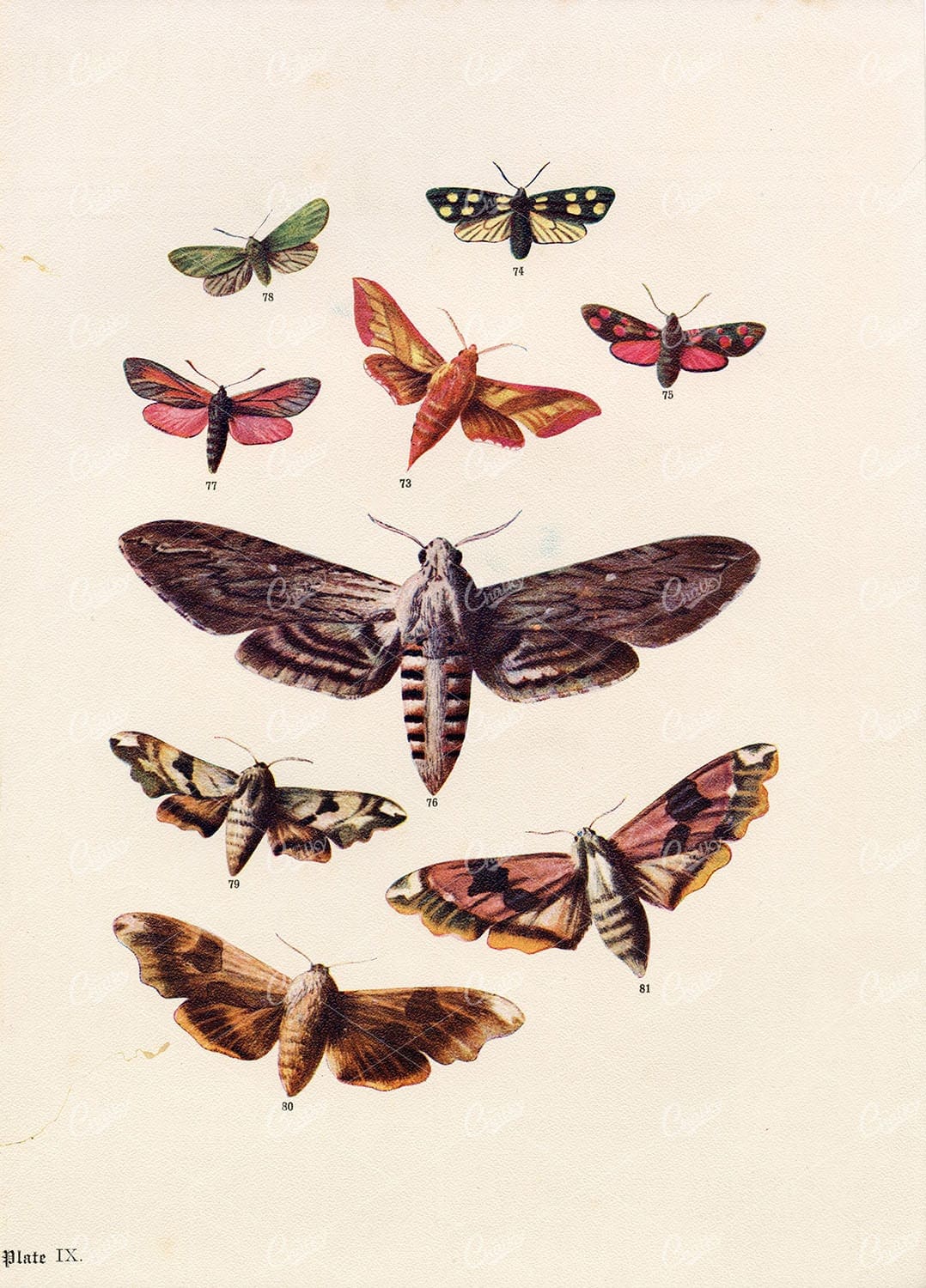

1903 Various British Countryside Moth Species – F. Edward Hulme 1903
You're looking at a beautiful illustration from the 'Butterflies & Moths of the Countryside' series by F. Edward Hulme. These antique pieces of art, created in 1903, have lasted the test of time, and the colours are stunning.
- License Info
- Resolution: 6078 x 8455 300dpi
- Year of Print: 1903
- Artist: Edward Hulme
From this collection
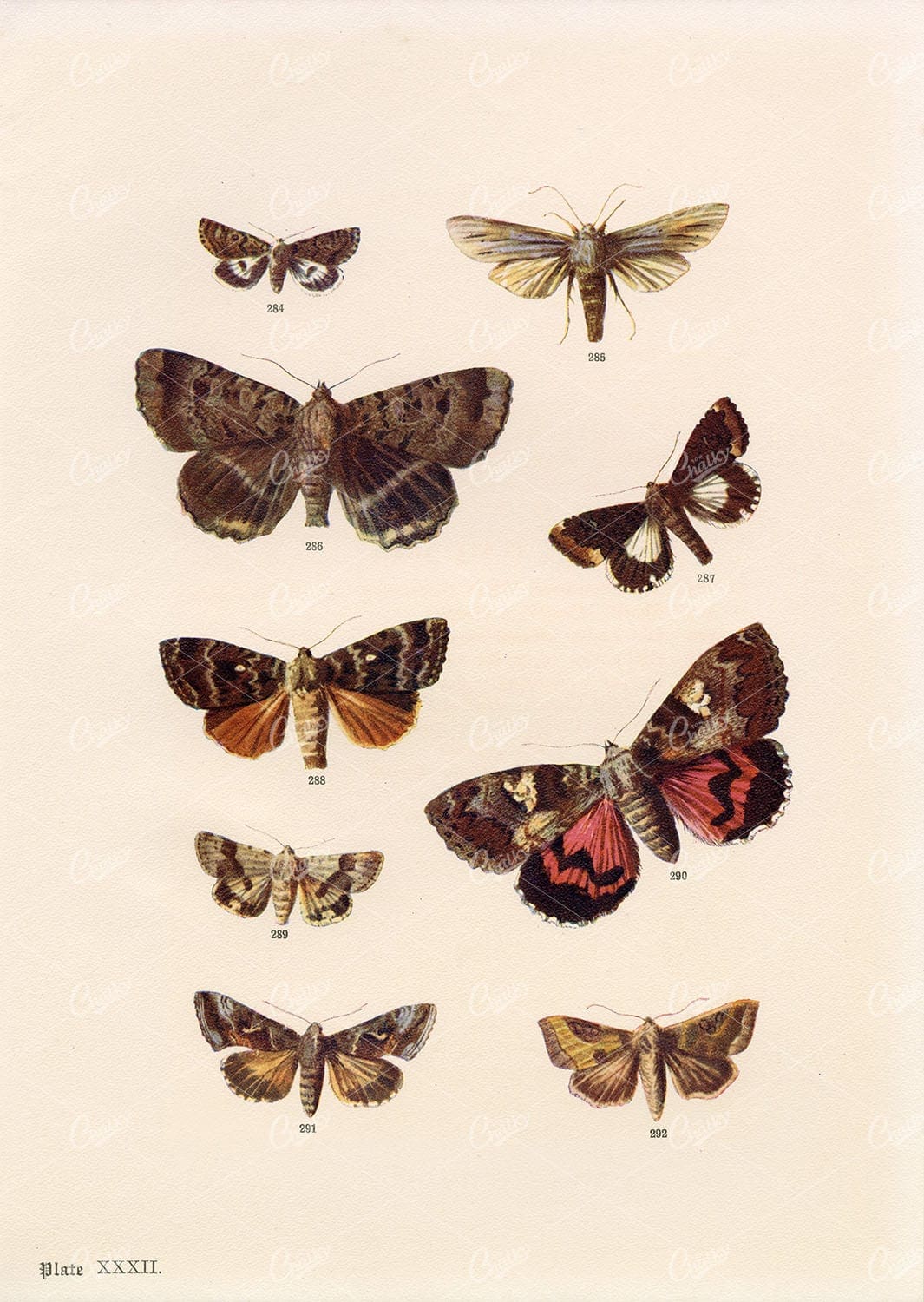

ANTIQUE Lithograph Print of British Countryside Moths – Edward Hulme 1903
You're looking at a beautiful illustration from the 'Butterflies & Moths of the Countryside' series by F. Edward Hulme. These antique pieces of art, created in 1903, have lasted the test of time, and the colours are stunning.
- License Info
- Resolution: 6019 x 8480 300dpi
- Year of Print: 1903
- Artist: Edward Hulme
From this collection
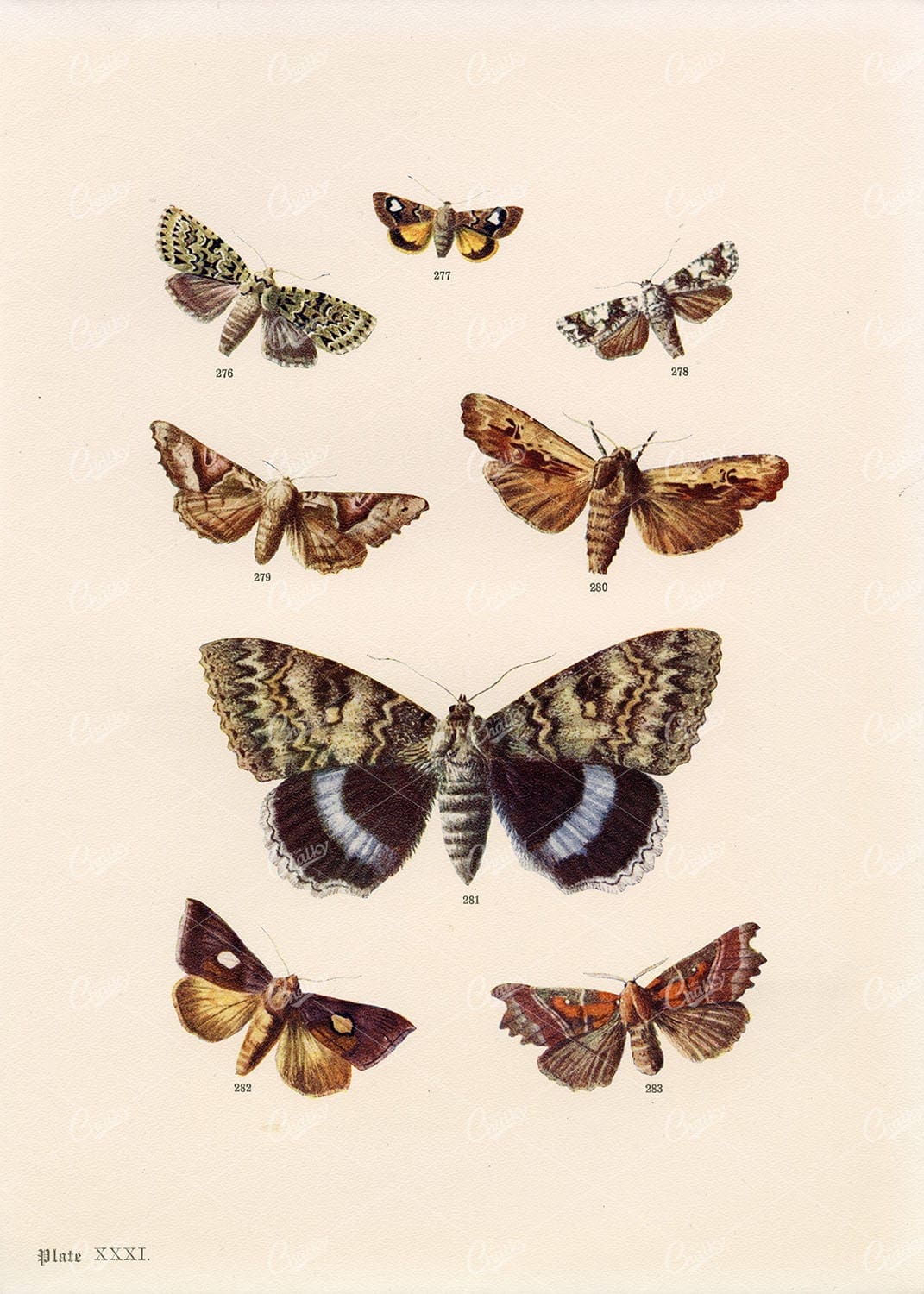

ANTIQUE Lithograph Print of British Countryside Moths – Edward Hulme 1903
You're looking at a beautiful illustration from the 'Butterflies & Moths of the Countryside' series by F. Edward Hulme. These antique pieces of art, created in 1903, have lasted the test of time, and the colours are stunning.
- License Info
- Resolution: 6047 x 8473 300dpi
- Year of Print: 1903
- Artist: Edward Hulme
From this collection


HAWK MOTH – British Countryside Insect Antique Print – Edward Hulme 1903
You're looking at a beautiful illustration from the 'Butterflies & Moths of the Countryside' series by F. Edward Hulme. These antique pieces of art, created in 1903, have lasted the test of time, and the colours are stunning.
- License Info
- Resolution: 6083 x 8469 300dpi
- Year of Print: 1903
- Artist: Edward Hulme
From this collection
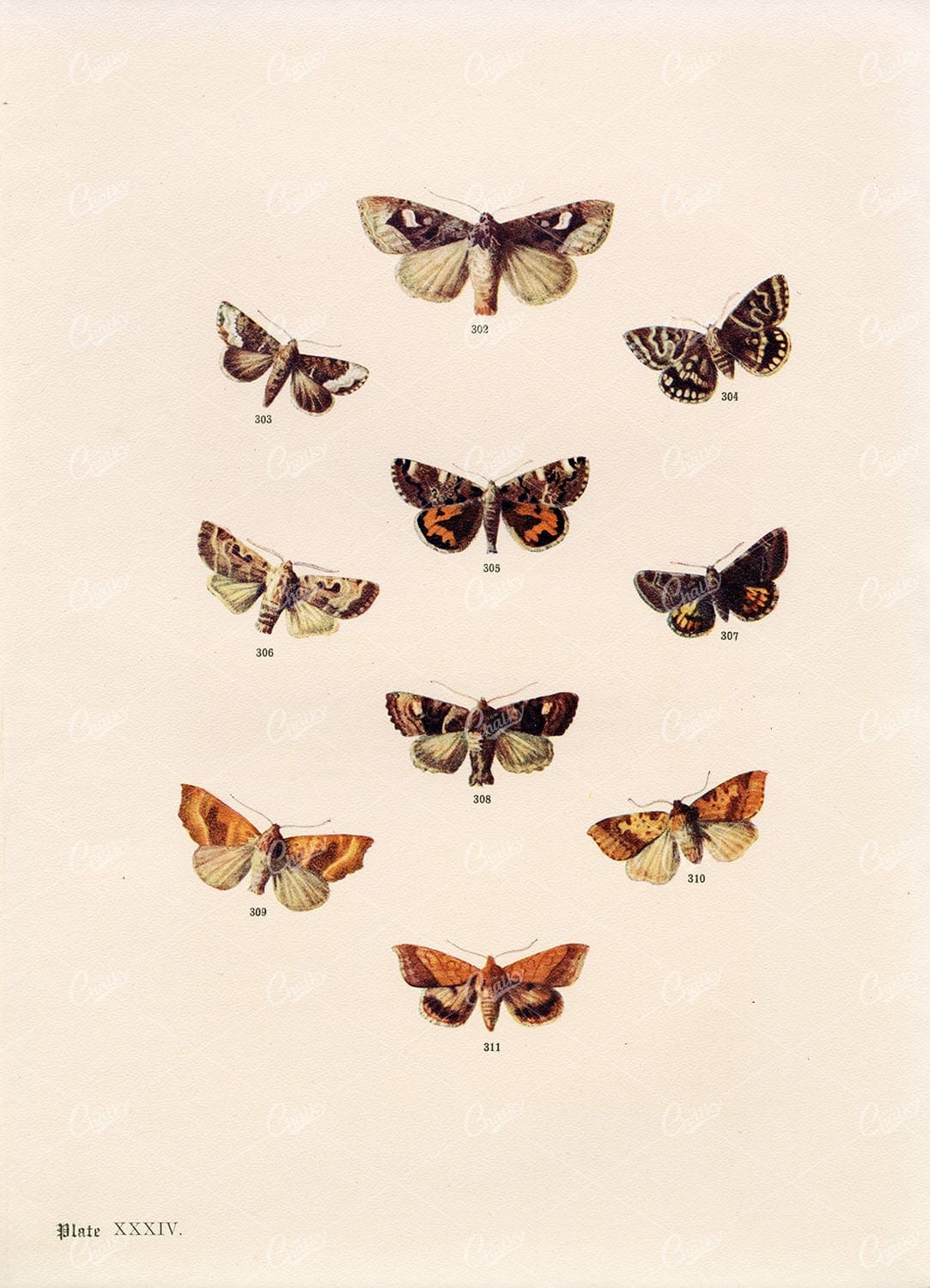

ANTIQUE Colour Print of British Countryside Moths – F. Edward Hulme 1903
You're looking at a beautiful illustration from the 'Butterflies & Moths of the Countryside' series by F. Edward Hulme. These antique pieces of art, created in 1903, have lasted the test of time, and the colours are stunning.
- License Info
- Resolution: 6118 x 8470 300dpi
- Year of Print: 1903
- Artist: Edward Hulme
From this collection
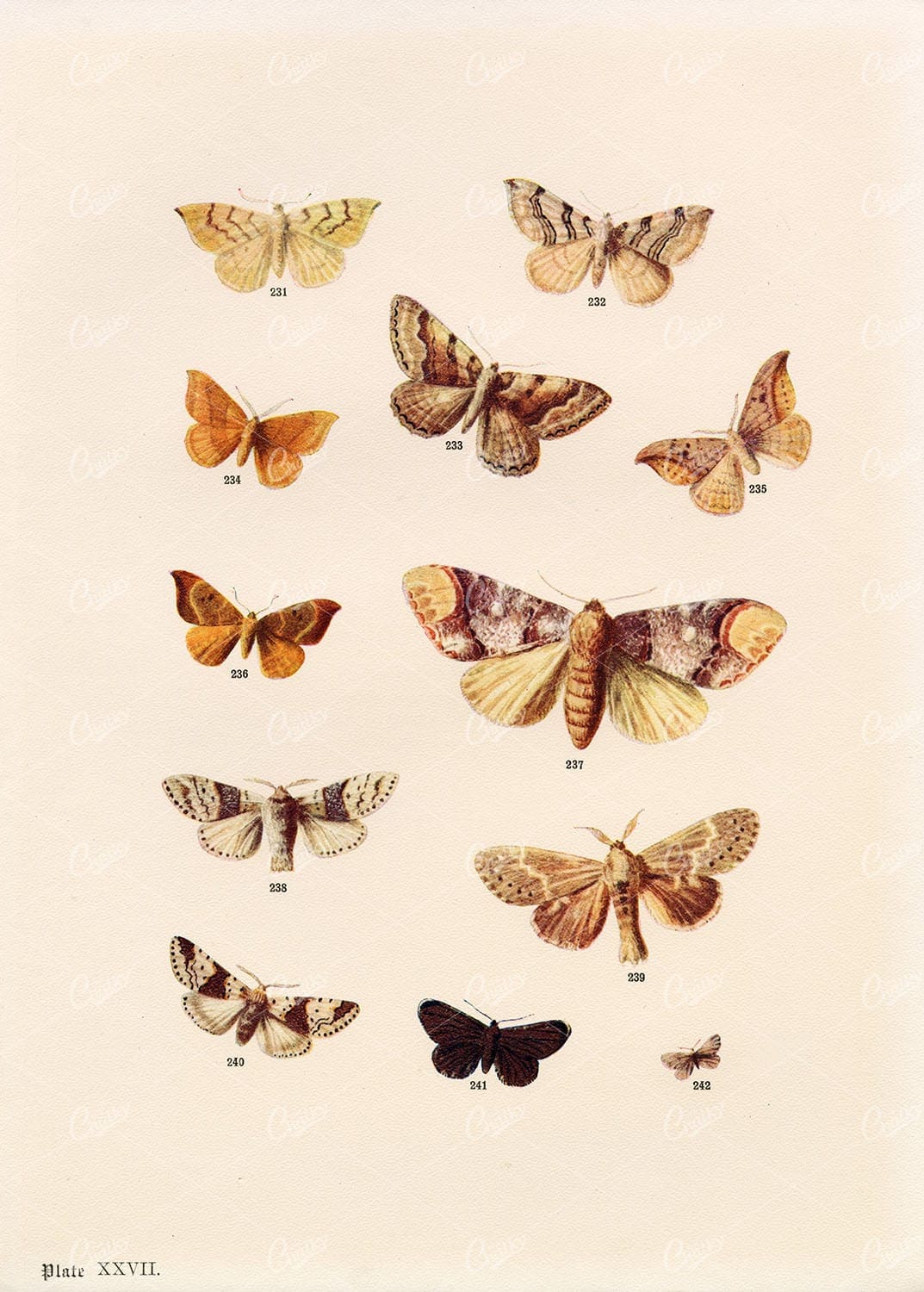

ANTIQUE Colour Print of British Countryside Moths – F. Edward Hulme 1903
You're looking at a beautiful illustration from the 'Butterflies & Moths of the Countryside' series by F. Edward Hulme. These antique pieces of art, created in 1903, have lasted the test of time, and the colours are stunning.
- License Info
- Resolution: 6048 x 8452 300dpi
- Year of Print: 1903
- Artist: Edward Hulme
From this collection
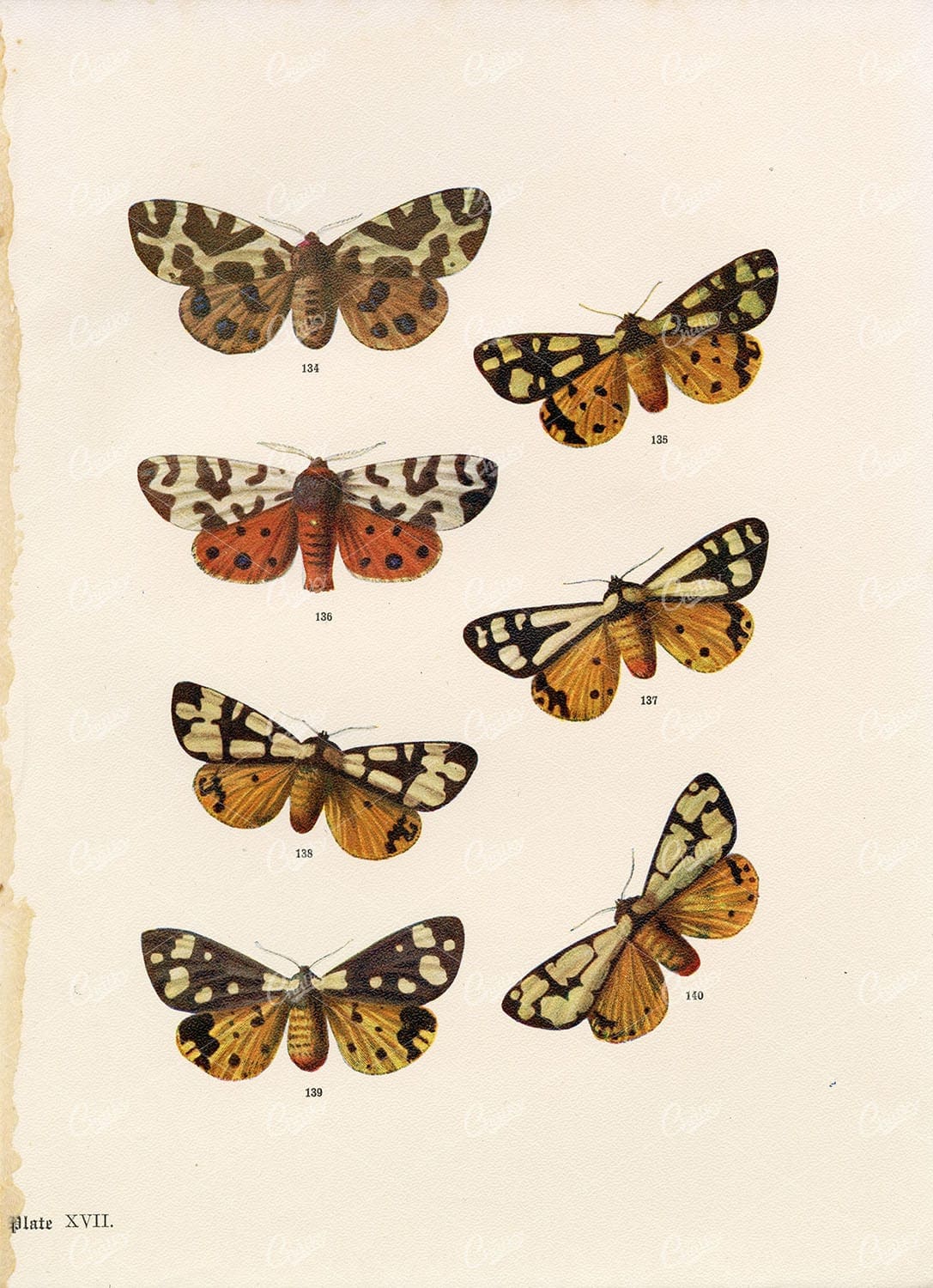

ANTIQUE Lithograph Print of British Countryside Moths – Edward Hulme 1903
You're looking at a beautiful illustration from the 'Butterflies & Moths of the Countryside' series by F. Edward Hulme. These antique pieces of art, created in 1903, have lasted the test of time, and the colours are stunning.
- License Info
- Resolution: 6133 x 8466 300dpi
- Year of Print: 1903
- Artist: Edward Hulme
From this collection


ANTIQUE Lithograph Print of British Countryside Moths – Edward Hulme 1903
You're looking at a beautiful illustration from the 'Butterflies & Moths of the Countryside' series by F. Edward Hulme. These antique pieces of art, created in 1903, have lasted the test of time, and the colours are stunning.
- License Info
- Resolution: 5967 x 8467 300dpi
- Year of Print: 1903
- Artist: Edward Hulme
From this collection
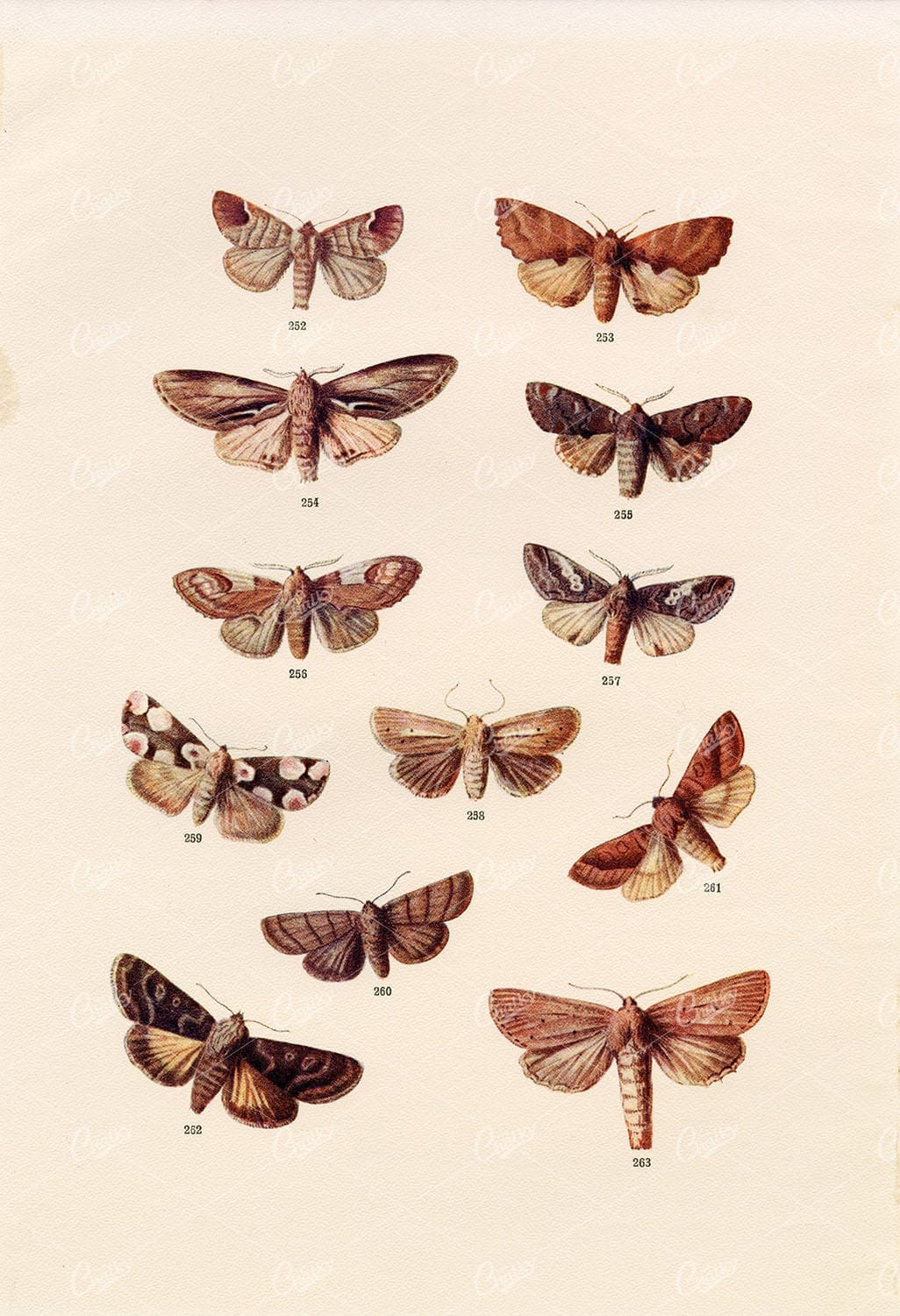

ANTIQUE Colour Print of British Countryside Moths – F. Edward Hulme 1903
You're looking at a beautiful illustration from the 'Butterflies & Moths of the Countryside' series by F. Edward Hulme. These antique pieces of art, created in 1903, have lasted the test of time, and the colours are stunning.
- License Info
- Resolution: 5677 x 8302 300dpi
- Year of Print: 1903
- Artist: Edward Hulme
From this collection


ANTIQUE Colour Print of British Countryside Moths – F. Edward Hulme 1903
You're looking at a beautiful illustration from the 'Butterflies & Moths of the Countryside' series by F. Edward Hulme. These antique pieces of art, created in 1903, have lasted the test of time, and the colours are stunning.
- License Info
- Resolution: 6073 x 8473 300dpi
- Year of Print: 1903
- Artist: Edward Hulme
From this collection


ANTIQUE Colour Print of British Countryside Moths – F. Edward Hulme 1903
You're looking at a beautiful illustration from the 'Butterflies & Moths of the Countryside' series by F. Edward Hulme. These antique pieces of art, created in 1903, have lasted the test of time, and the colours are stunning.
- License Info
- Resolution: 6033 x 8418 300dpi
- Year of Print: 1903
- Artist: Edward Hulme
From this collection
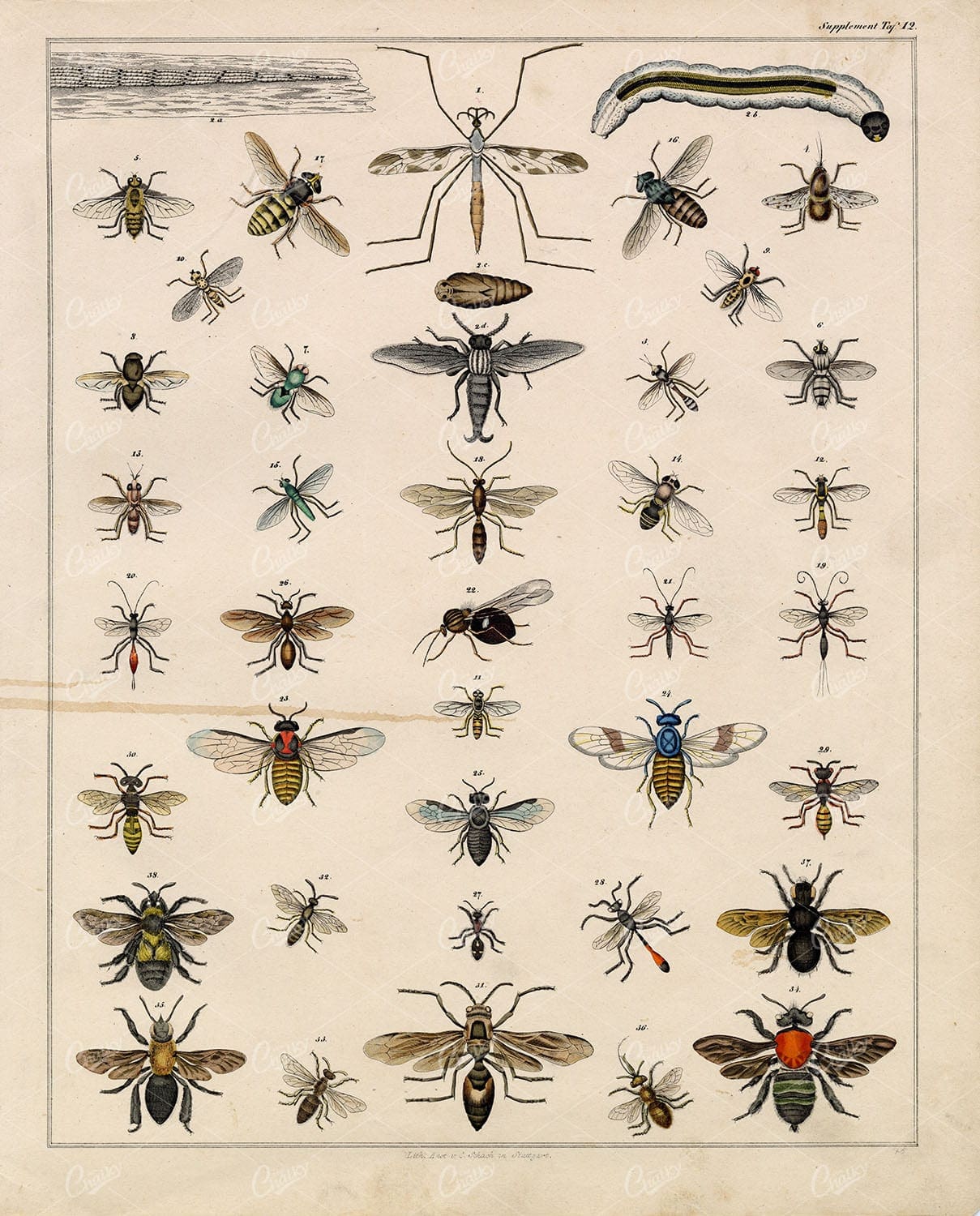

BEES and Wasps – Insects Antique Oken’s Naturgeschichte Artwork
Original Colour Vintage Print from Lorenz Okenfuss' 'Oken's Naturgeschichte' (Allgemeine Naturgeschichte für alle Stände), with illustrations by Johann Susemihl (1767-1847), and published in Stuttgart by Hoffman between 1839 and 1841. Lorenz Oken (1 August 1779 - 11 August 1851) was a German naturalist, botanist, biologist, and ornithologist. Oken was born Lorenz Okenfuss (German: Okenfuß) in Bohlsbach (now part of Offenburg), Ortenau, Baden, and studied natural history and medicine at the universities of Freiburg and Würzburg. He went on to the University of Göttingen, where he became a Privatdozent (unsalaried lecturer), and shortened his name to Oken. As Lorenz Oken, he published a small work entitled Grundriss der Naturphilosophie, der Theorie der Sinne, mit der darauf gegründeten Classification der Thiere (1802). This was the first of a series of works which established him as a leader of the movement of "Naturphilosophie" in Germany.
- License Info
- Resolution: 9500 x 11800 300dpi
- Year of Print: 1836
- Artist: Lorenz Oken
- Image Type(s): JPG
From this collection
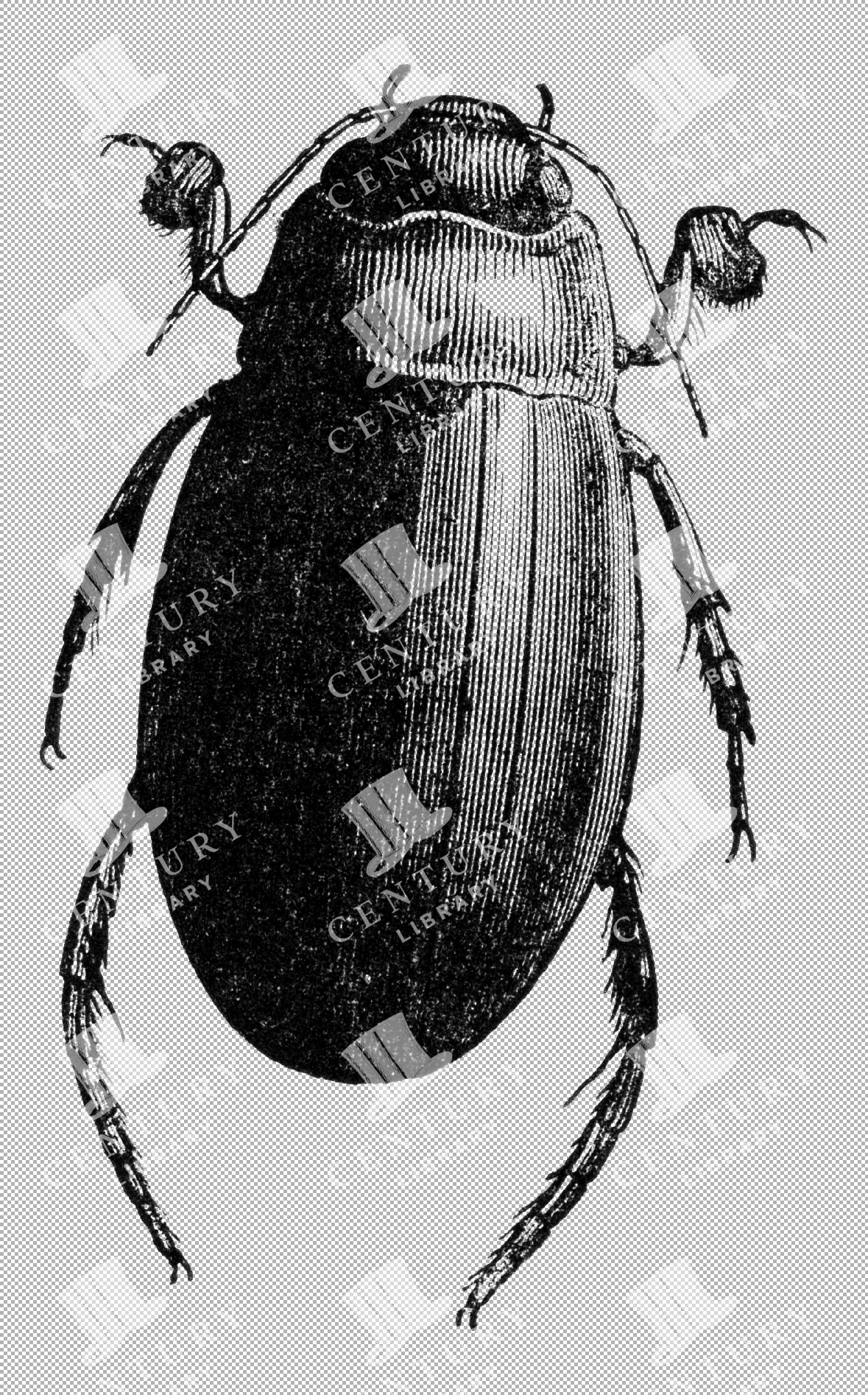

Great Water Beetle Illustration on Transparent Background
Illustration of a great water beetle, showing its distinctive shape and segmented body, isolated on a transparent background.
- Resolution: 1072px x 1722px
- Image Type(s): PNG
- Animal
- antenna
- aquatic
- Art
- Beetle
- Black and white
- Body
- Bug
- Coleoptera
- Decorative
- detailed
- distinctive
- Drawing
- Entomology
- exoskeleton
- freshwater
- great
- habitat
- Identification
- illustration
- Insect
- Insects
- isolated
- Legs
- Natural History
- Nature
- Ornamental
- Ornate
- PNG
- Segments
- Shell
- sketch
- species
- Species Identification
- transparent background
- Water
- Wildlife
Related Images


Vintage PNG Artwork – Beetle Insect No.4
- License Info
- Resolution: 1331px x 1821px
Related Images


Vintage PNG Artwork – Beetle Insect No.2
- License Info
- Resolution: 831px x 1198px
Related Images
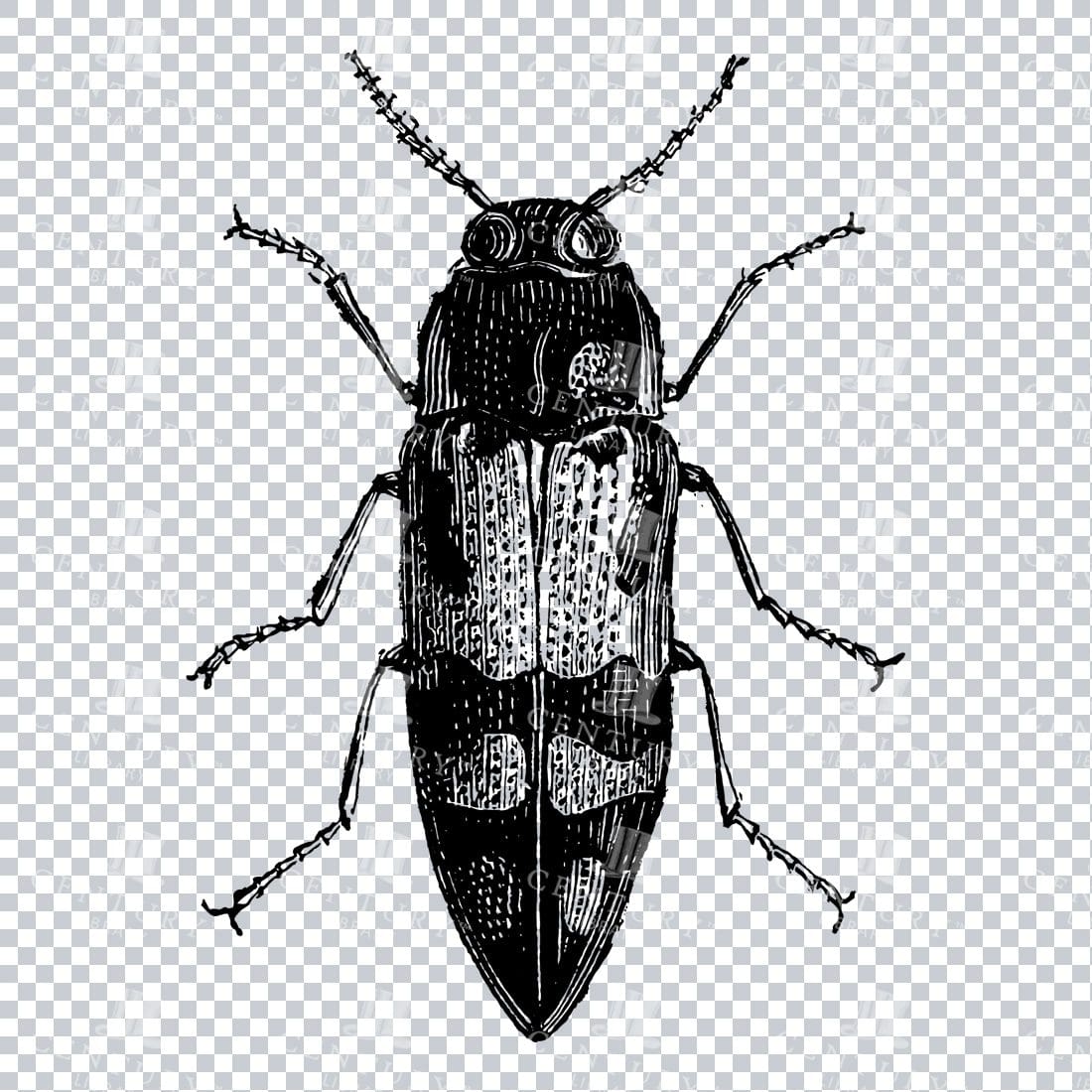

Vintage Engraving – Line Art Illustration of an Insect No.3
- License Info
- Resolution: 1220px x 1683px
Related Images
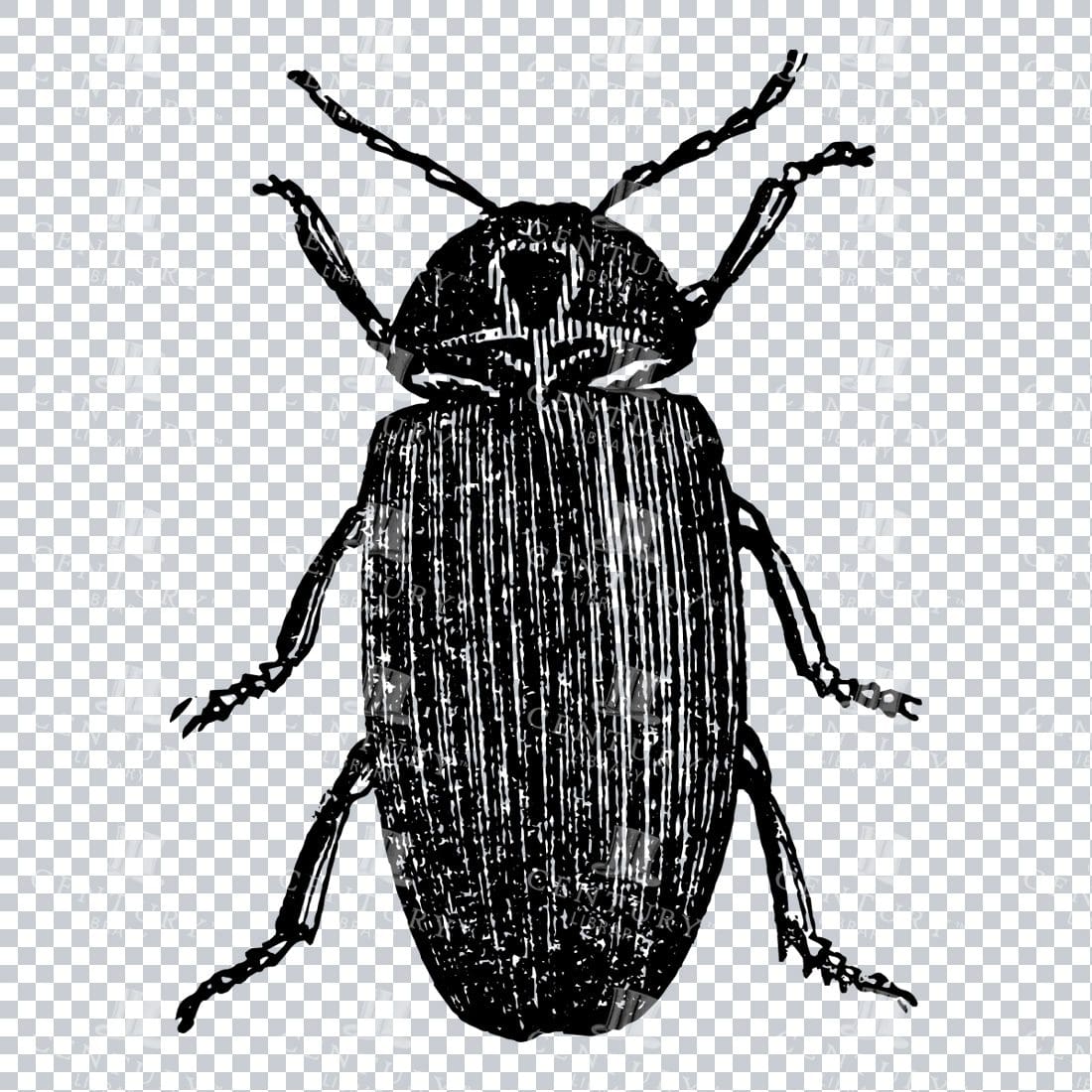

Vintage PNG Artwork – Beetle Insect No.1
- License Info
- Resolution: 824px x 1087px
Related Images


INSECTS – Beetle Species – Oken’s Naturgeschichte Artwork 1830’s
Original Colour Vintage Print from Lorenz Okenfuss' 'Oken's Naturgeschichte' (Allgemeine Naturgeschichte für alle Stände), with illustrations by Johann Susemihl (1767-1847), and published in Stuttgart by Hoffman between 1839 and 1841. Lorenz Oken (1 August 1779 - 11 August 1851) was a German naturalist, botanist, biologist, and ornithologist. Oken was born Lorenz Okenfuss (German: Okenfuß) in Bohlsbach (now part of Offenburg), Ortenau, Baden, and studied natural history and medicine at the universities of Freiburg and Würzburg. He went on to the University of Göttingen, where he became a Privatdozent (unsalaried lecturer), and shortened his name to Oken. As Lorenz Oken, he published a small work entitled Grundriss der Naturphilosophie, der Theorie der Sinne, mit der darauf gegründeten Classification der Thiere (1802). This was the first of a series of works which established him as a leader of the movement of "Naturphilosophie" in Germany.
- License Info
- Resolution: 9500 x 11800 300dpi
- Year of Print: 1836
- Artist: Lorenz Oken
- Image Type(s): JPG
From this collection


Vintage Engraving – Line Art Illustration of an Insect No.6
- License Info
- Resolution: 1026px x 1798px
Related Images
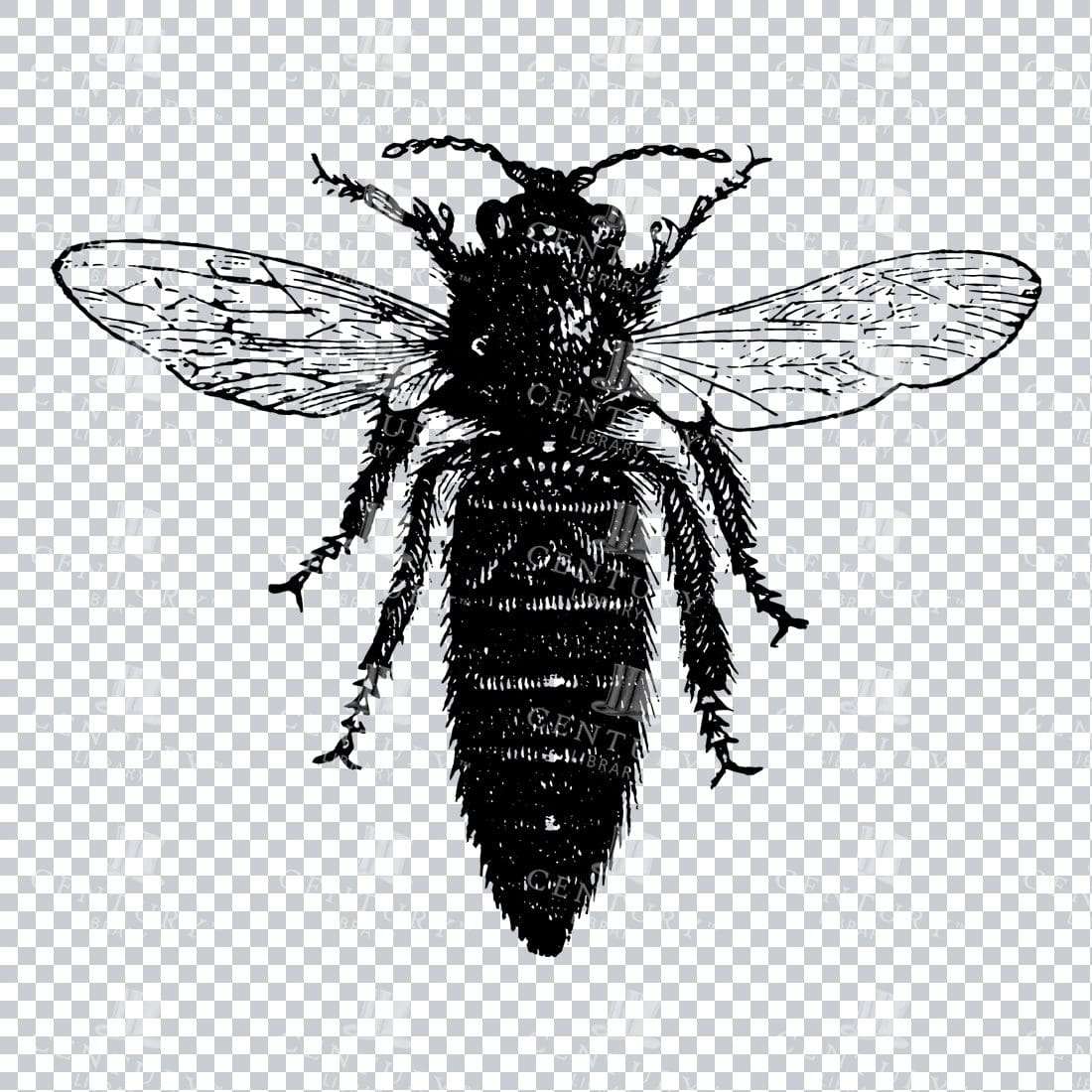

Vintage Engraving – Line Art Illustration of an Insect No.14
- License Info
- Resolution: 1561px x 1292px
Related Images


Vintage Engraving – Line Art Illustration of an Insect No.10
- License Info
- Resolution: 1238px x 2012px
Related Images
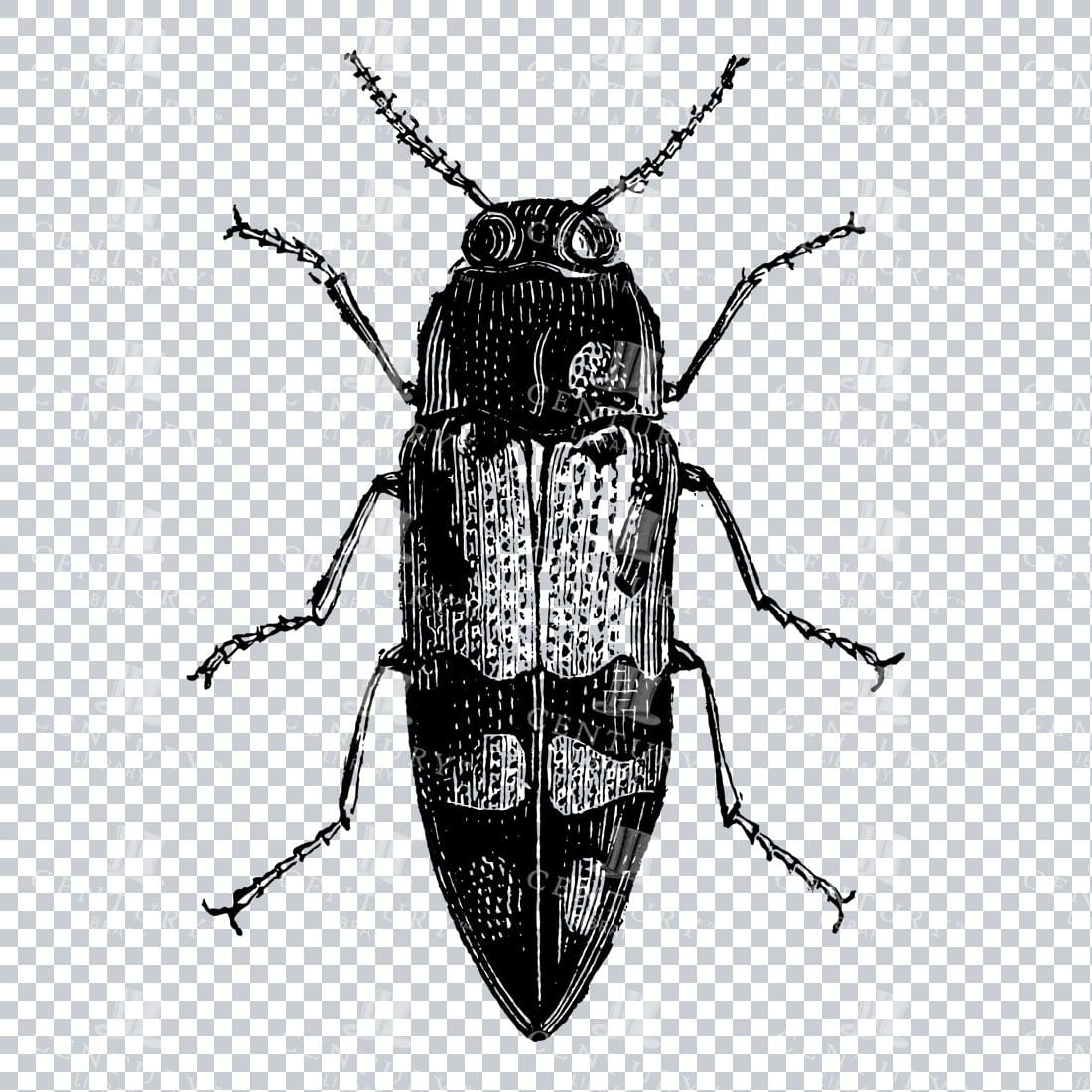

Vintage Engraving – Line Art Illustration of an Insect No.9
- License Info
- Resolution: 1220px x 1683px
Related Images
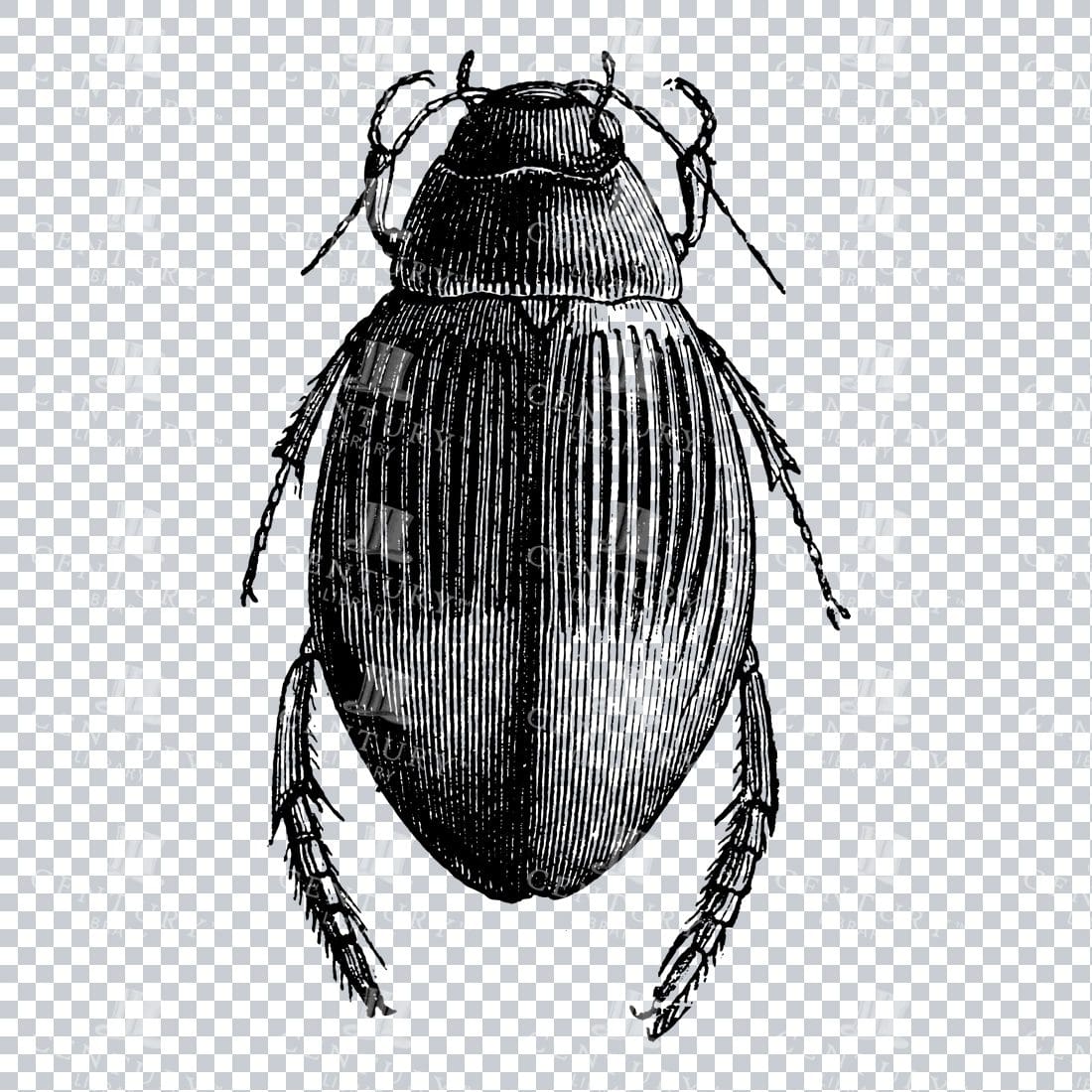

Vintage Engraving – Line Art Illustration of an Insect No.4
- License Info
- Resolution: 1238px x 2012px
Related Images

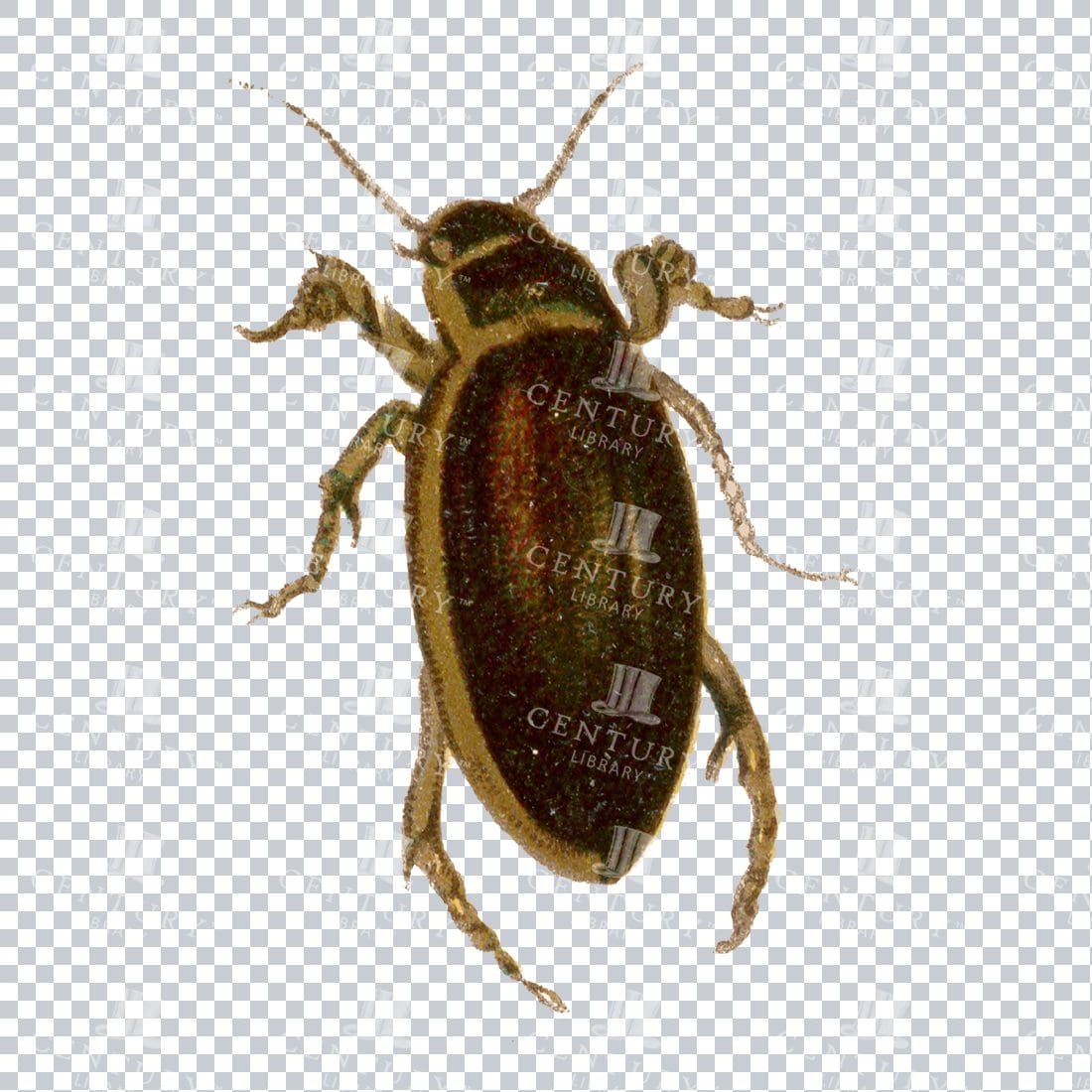

Colored Vintage PNG Artwork – Bug / Beetle
- License Info
- Resolution: 845px x 1246px
Related Images


Vintage Illustration of a Large Grasshopper
- License Info
- Resolution: 2999px x 1276px
Related Images


Vintage Engraving – Line Art Illustration of an Insect No.12
- License Info
- Resolution: 1026px x 1798px
Related Images
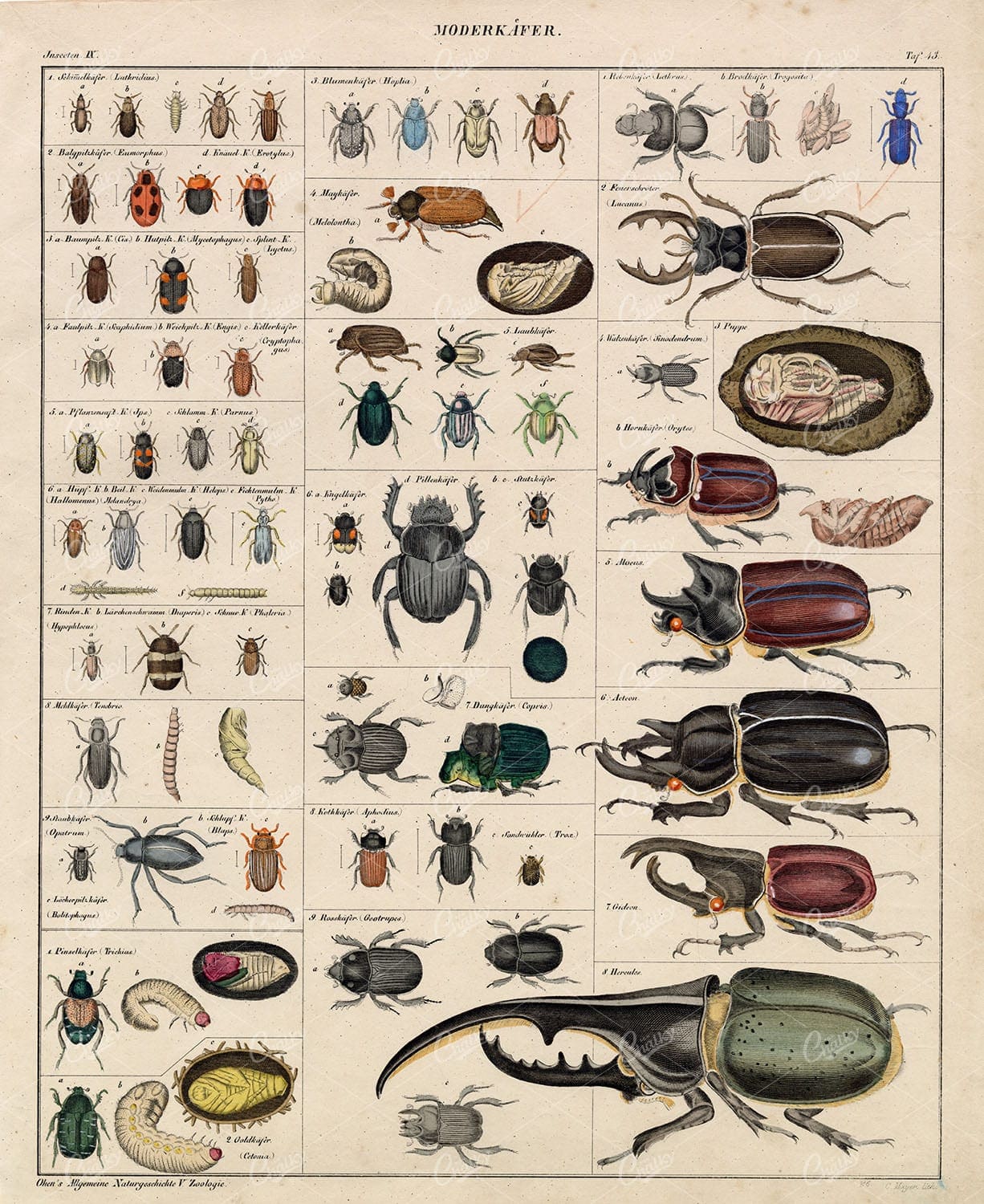

INSECTS – Beetles – Vintage Oken’s Naturgeschichte Artwork 1830’s
Original Colour Vintage Print from Lorenz Okenfuss' 'Oken's Naturgeschichte' (Allgemeine Naturgeschichte für alle Stände), with illustrations by Johann Susemihl (1767-1847), and published in Stuttgart by Hoffman between 1839 and 1841. Lorenz Oken (1 August 1779 - 11 August 1851) was a German naturalist, botanist, biologist, and ornithologist. Oken was born Lorenz Okenfuss (German: Okenfuß) in Bohlsbach (now part of Offenburg), Ortenau, Baden, and studied natural history and medicine at the universities of Freiburg and Würzburg. He went on to the University of Göttingen, where he became a Privatdozent (unsalaried lecturer), and shortened his name to Oken. As Lorenz Oken, he published a small work entitled Grundriss der Naturphilosophie, der Theorie der Sinne, mit der darauf gegründeten Classification der Thiere (1802). This was the first of a series of works which established him as a leader of the movement of "Naturphilosophie" in Germany.
- License Info
- Resolution: 9500 x 11800 300dpi
- Year of Print: 1836
- Artist: Lorenz Oken
From this collection
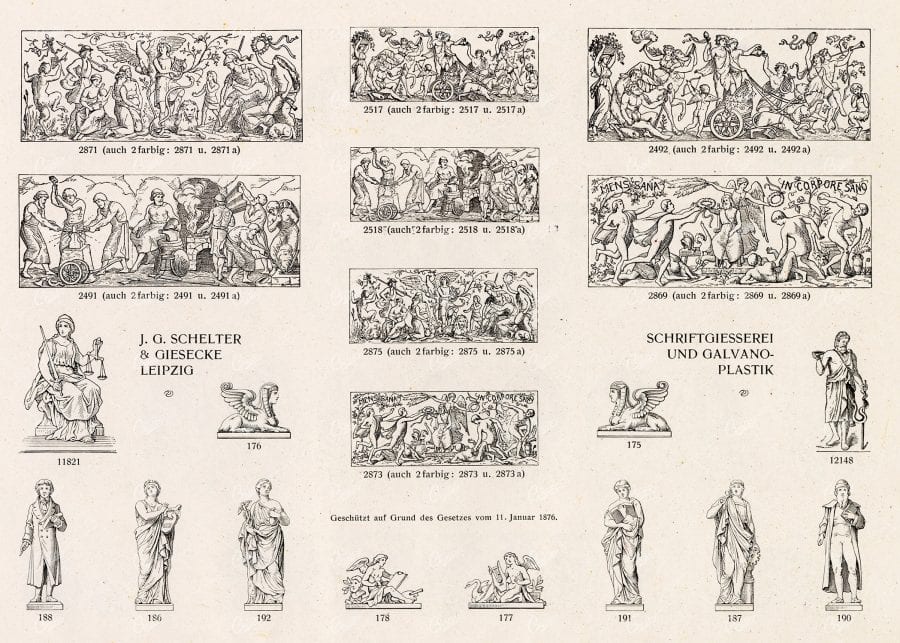
Support the Library
Our supporters and members help us continue collecting and restoring these wonderful pieces of art for the modern creator
Unlock Everything and Become a Member!
While a lot of the library is available for free, some is kept behind closed dusty doors only to be accessed by our lovely members.
